If you’ve battled the crowds of Dubrovnik, elbowed your way down the Great Wall or shuffled past selfie-takers through Venice’s Piazza San Marco, you may be tempted to see what it’s like to visit a destination few have made it to.
The least-visited countries in the world are highly remote, often with just one way in or out and, as such, are some of the most authentic places you can visit today. It must be said as well that many are under-visited because they are recovering from catastrophe, whether natural or man-made. And while these destinations are, in fact, very beautiful, it is important to pay attention to travel advisories to know if and when they are visitable.
With that said, here are the world’s 25 least-visited countries. They extend from tiny flecks of land in the vast South Pacific to the mountains of central Europe to the tropical climes of the Caribbean. Add them to your bucket list for an experience you won’t soon forget.
25. Madagascar
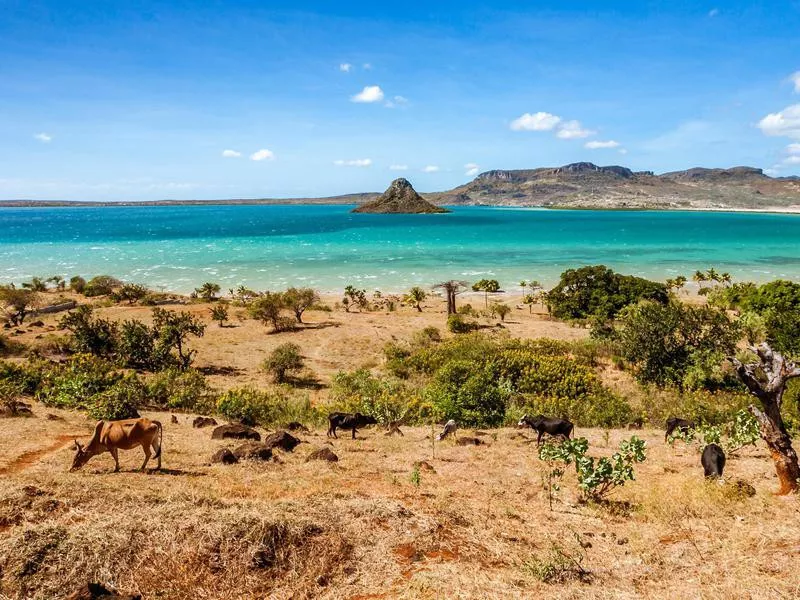
Getty Images
376,000 annual visitors*
It seems the word is getting out on Madagascar, the fourth-largest island in the world, but one of the most difficult to visit. In one year, the island saw an increase of 2,000 visitors — and it’s not hard to understand why.
*Note: Due to the ongoing COVID-19 pandemic, we have used 2019 tourism numbers, per the UN World Tourism Organization’s 2020 “International Tourism Highlights” report. Some nations did not provide information for the report. In this cases, 2018 numbers were used.
What to Expect in Madagascar
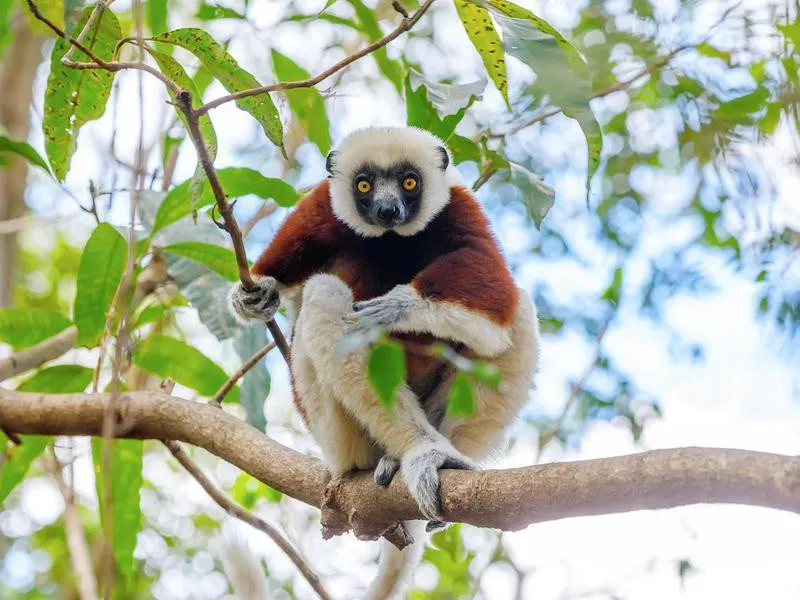
Getty Images
This island destination is a haven for nature lovers, outdoor enthusiasts and wildlife aficionados looking to interact with extraordinary creatures like the lemur and rare species of frogs, turtles, sharks and whales. Astonishingly, 92 percent of Madagascar’s mammals and 95 percent of its reptiles exist nowhere else on Earth.
Adventurists can get their thrill by enjoying off-road driving, kite surfing and diving, while those seeking peace and quiet can head to the country’s pristine (and rarely visited) national parks, including Tsingy de Bermaraha, known for its unique limestone forests.
For visitors, Madagascar still presents a challenge, with rare flights costing a pretty penny and roads that are still nearly impossible to drive. But those willing to make the trek will be richly rewarded.
Getting to Madagascar
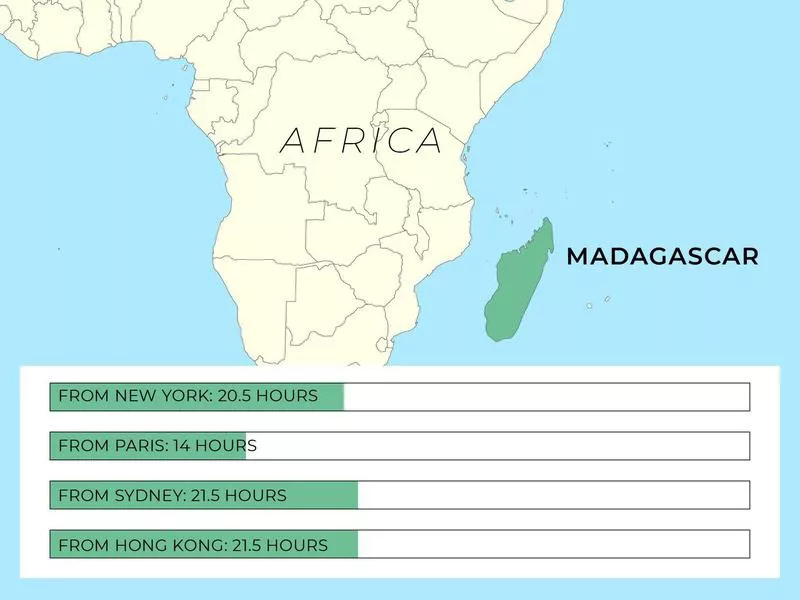
*Travel times sourced via Kayak to the destination’s biggest (or biggest nearest) airport. Travel guides are not shown for countries with a Level 4 (“Do Not Travel”) U.S. State Department Travel Advisory.
24. St. Maarten
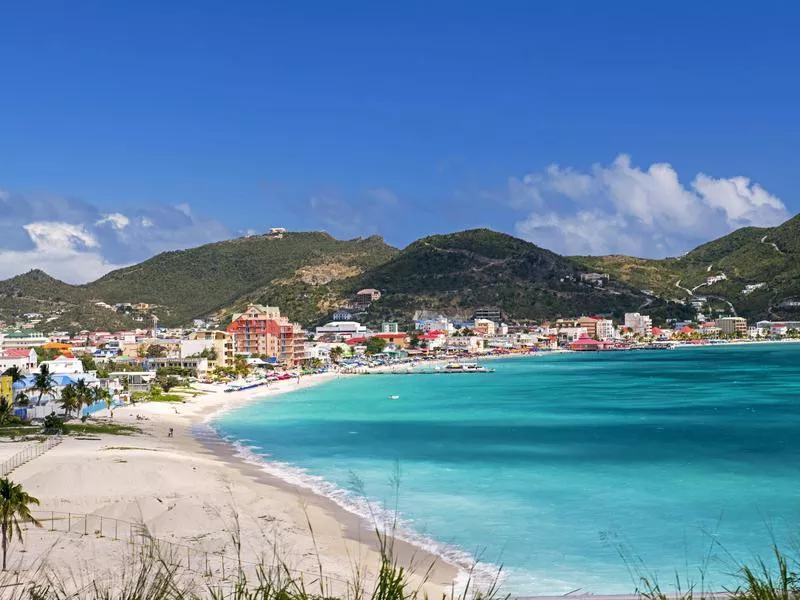
majaiva / Getty Images
320,000 annual visitors
As with the British Virgin Islands, it’s surprising to see St. Maarten, a picture-perfect tropical island, on this list. But it, too, fell victim to both Hurricanes Irma and Maria at the end of 2017, bringing tourism to a halt.
Fortunately, the island has been working hard to make a full recovery and today is bringing tourists back by the plane-full.
What to Expect in St. Marteen
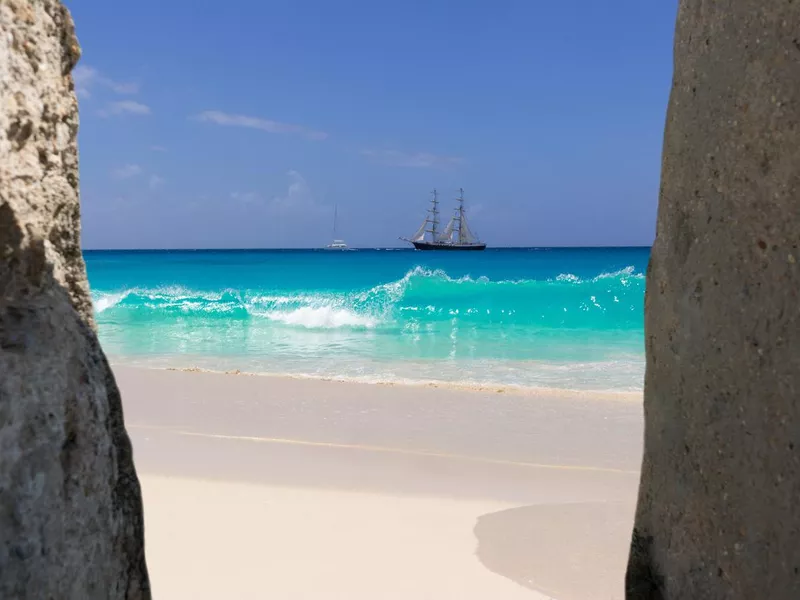
elvirkin / Getty Images
Sint Maarten, what the Dutch call its portion of the island that is shared with France, is a vibrant Caribbean getaway with sprawling resorts, shopping and casino culture, plus beach bars that stay buzzing from sunup to sundown.
This is typically one of the most-visited places in the Caribbean, where traffic can come to a standstill and cruise ships line the port. So, if you want to experience St. Maarten in a way that it hasn’t been enjoyed in a long, long time, visit now before word gets out that it’s back in business.
Getting to St. Maarten
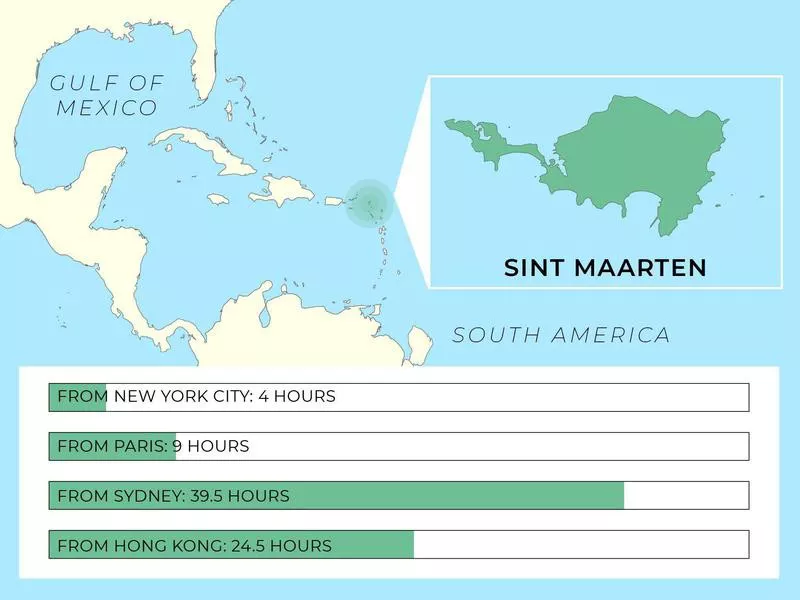
23. British Virgin Islands
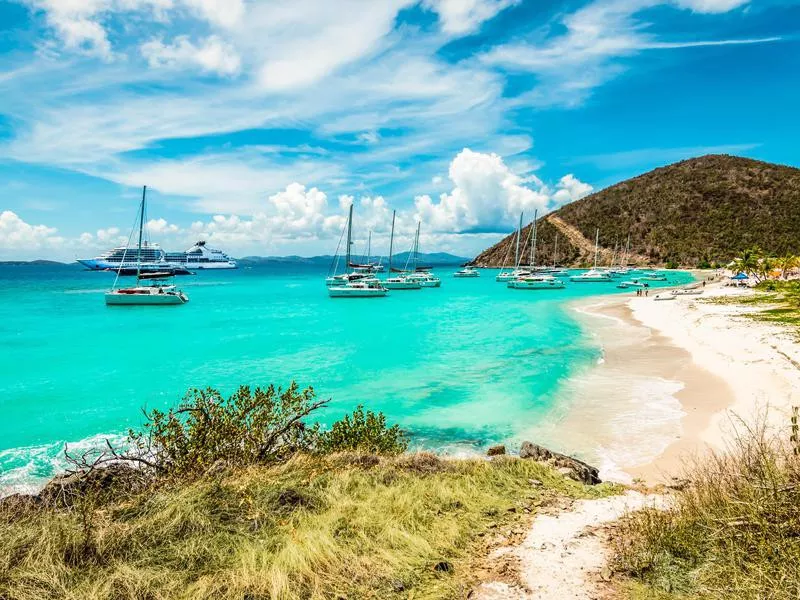
NAPA74 / Getty Images
302,000 annual visitors
It’s hard to imagine the British Virgin Islands, beloved the world over for their natural beauty, ever being on the list of the world’s least-visited destinations. But unfortunately, the archipelago — a British overseas territory — was devastated in 2017 as Hurricanes Irma and Maria tore through, ravaging hotels, roads, homes and everything else in their paths. This cut tourism numbers nearly in half, as the islands struggled to rebuild, well, everything.
The good news is that the islands are almost 100 percent back in business. Hotels have rebuilt and reopened, infrastructure has returned, flights are back in operation, and locals are ready and waiting for tourism to return.
What to Expect in the British Virgin Islands
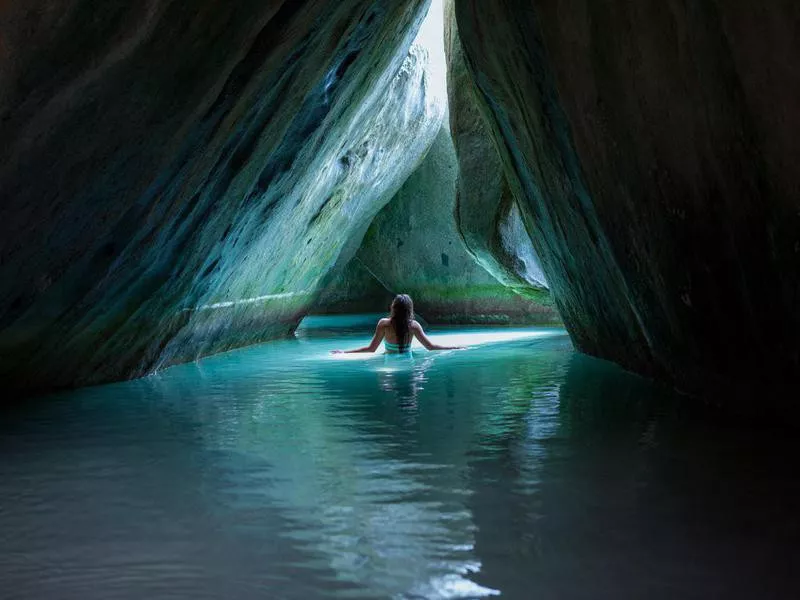
Getty Images
What those who make the trip will find are more than 50 islands to cruise, calm currents, protected bays, party beaches and a yachting culture geared towards billionaires (and those who like to gawk at their over-the-top lifestyle).
Make sure to bring your camera to capture the islands’ sugary sands kissing crystalline water and rolling hillsides blanketed in verdant foliage. Add in fantastic food, luxury lodges and an appealing mix of high-end glamor with a barefoot, laid-back vibe, and you have a destination primed for a renaissance.
Getting to the British Virgin Islands
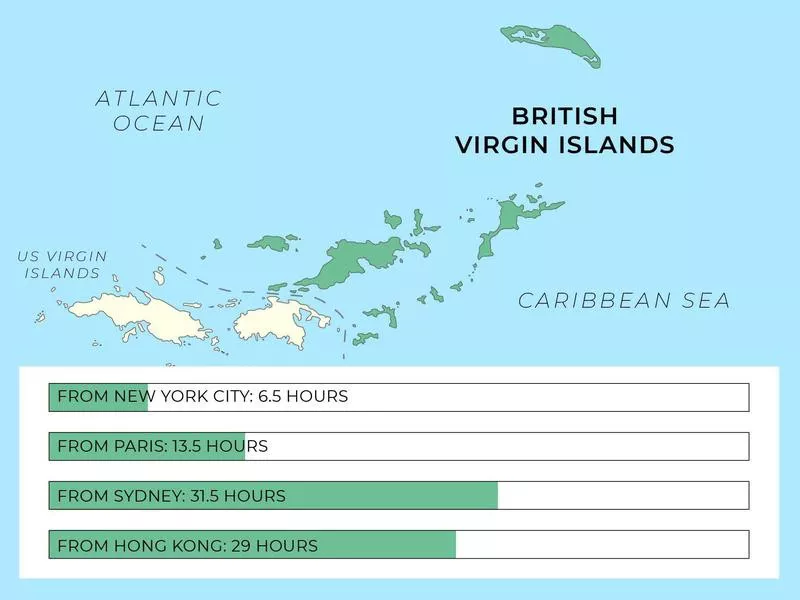
22. French Polynesia
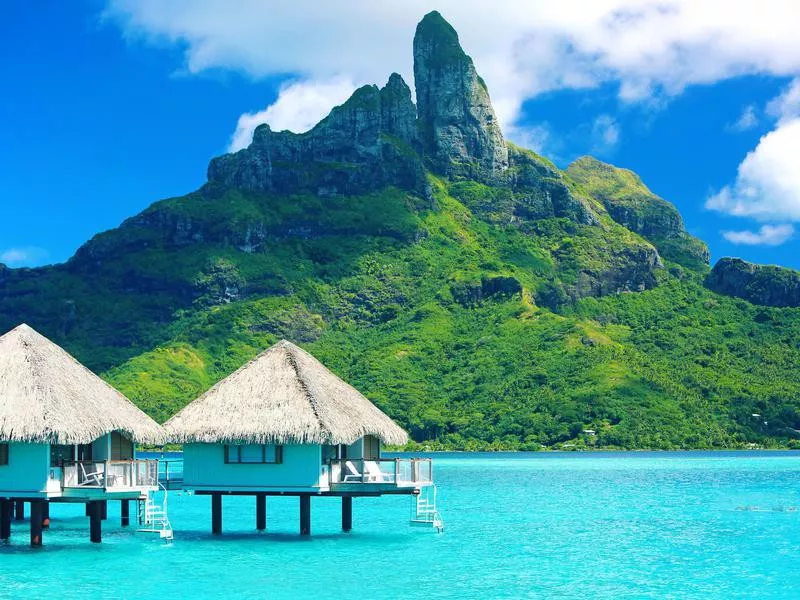
Getty Images
237,000 annual visitors
French Polynesia, an overseas collectivity of France, is often what people picture when they close their eyes and think of paradise. Perhaps that’s why more and more people are making the journey to this far-flung destination; last year saw an increase of 17,000 visitors from the previous year.
What to Expect in Frnech Polynesia

Getty Images
This is island-hopping at its best, with each destination offering lushly carpeted peaks rising imposingly from crystal-clear water. Tahiti, the archipelago’s most famous island, is known for its fragrant flowers, blue lagoons and posh hotels. Bora Bora has its fair share of uber-lue resorts as well, while Moorea is known for its pristine beaches and perfect peaks, as well as its outdoor adventures.
Less visited, but well worth a visit, is Huahine, one of the most authentic islands in French Polynesia. It touts proudly preserved Polynesian customs and archaeological sites — not to mention some of the best surf and dive spots on Earth.
Getting to French Polynesia
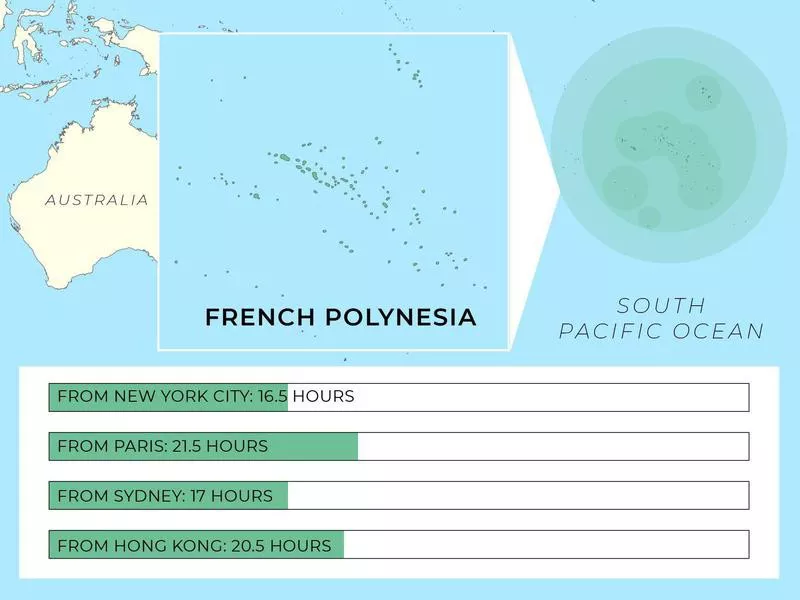
21. Mali
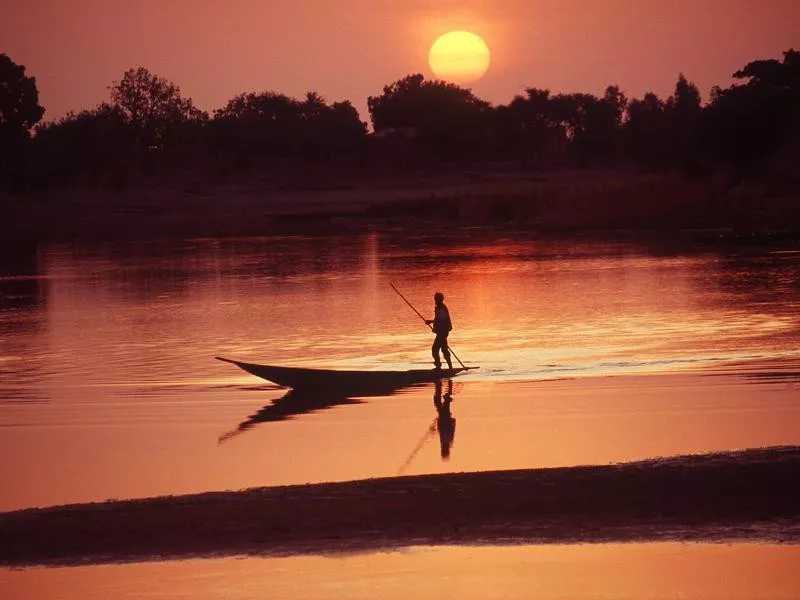
Getty Images
217,000 annual visitors
Tourism numbers to Mali increased over the last year by 10,000 visitors. However, in 2019, the U.S. State Department still declared this West African country as a Level 4 “Do Not Travel” destination, due to crime, terrorism and kidnapping.
What to Expect in Mali
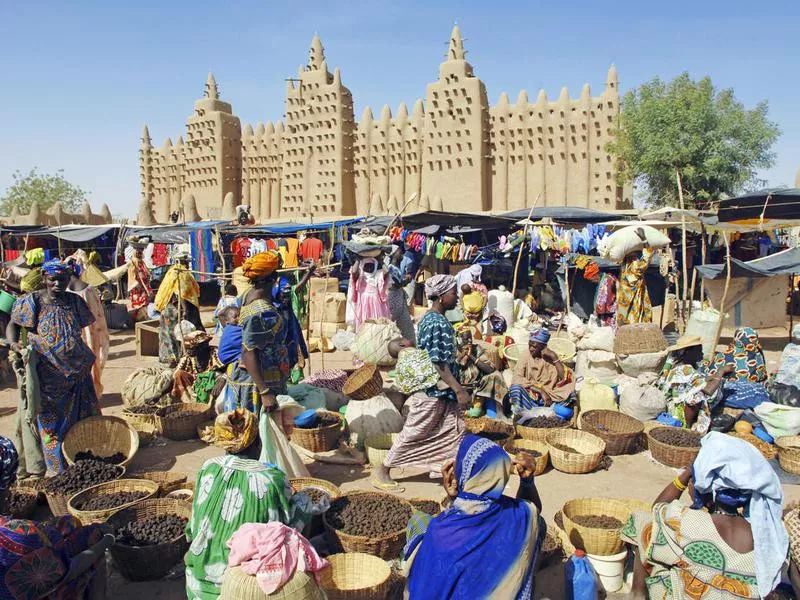
Getty Images
But those who do wish to go can expect sheer beauty, with the country’s rich cultural heritage, beautiful villages perched on cliffs, a rich silver tradition and one of Africa’s most dynamic musical legacies.
Hopefully one day, Mali will be able to share its treasures with the rest of the world, but for now, the conflict makes it far too dangerous to recommend as a viable place to visit.
20. Niger
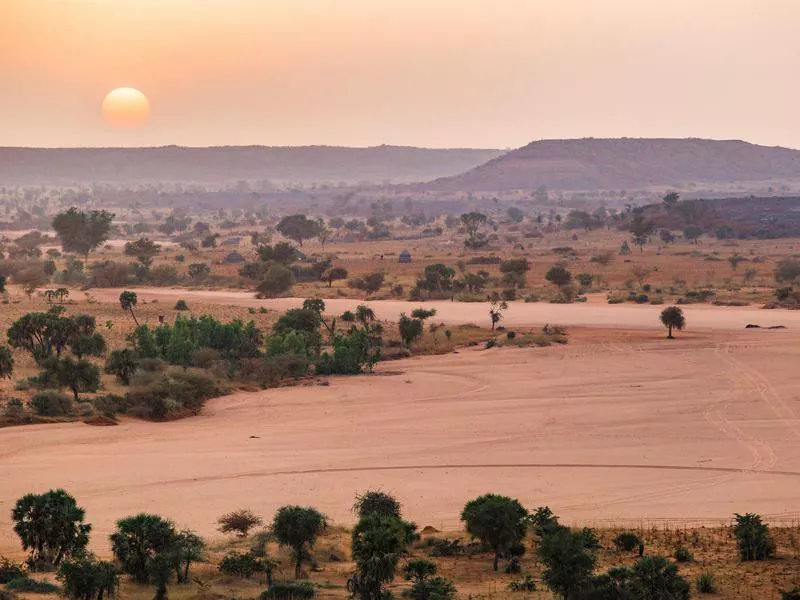
Madalin Olariu / Getty Images
192,000 annual visitors
When it comes to epic journeys across Africa, Niger rarely makes the cut. Sadly, the country has fallen victim to hardship and turmoil for many, many years. But travelers who have managed to make their way have been rewarded with thousands of years of tradition and history, visible through caravan communities bordering the Sahara Desert.
What to Expect in Niger
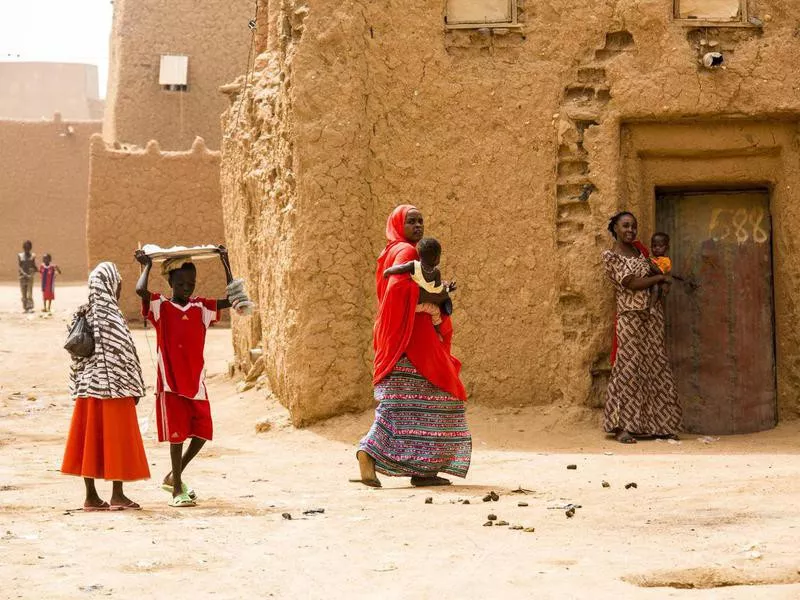
Getty Images
The beauty of Niger is stark, rugged and breathtaking, from the Air Mountains and oasis towns of the north, to the southern Saharan towns like Agadez, which are crucial to trans-desert trade.
But while it is distinctly beautiful, the State Department has placed Niger under a Level 3 advisory, asking travelers to reconsider due to crime, terrorism and kidnapping. Perhaps one day soon, it will welcome travelers to explore its sights and discover its rich cultural heritage.
Getting to Niger

19. Grenada
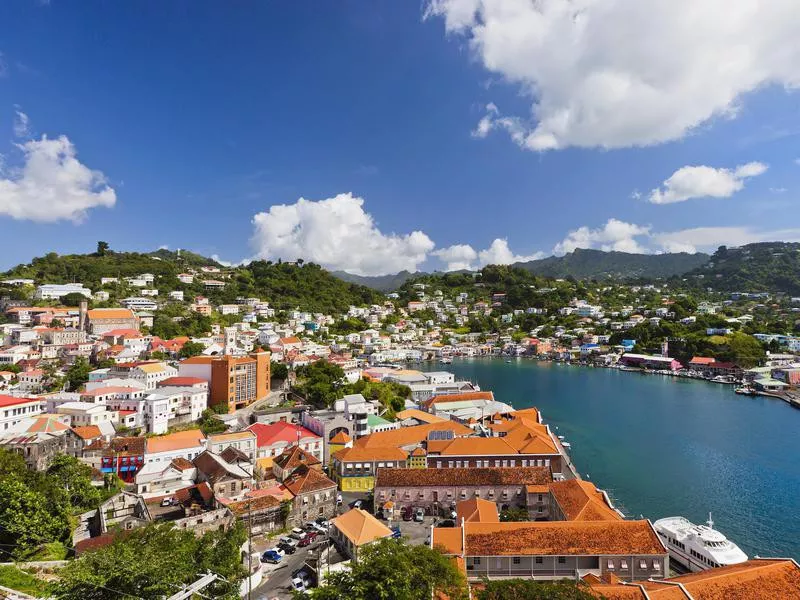
Flavio Vallenari / Getty Images
188,000 annual visitors
Poised at the tip of an archipelago that stretches along the eastern edge of the Caribbean Sea, Grenada is a stunning string of islands marked by green hills that undulate like velvet and bleached beaches that stretch into jewel-hued water.
What to Expect in Grenada
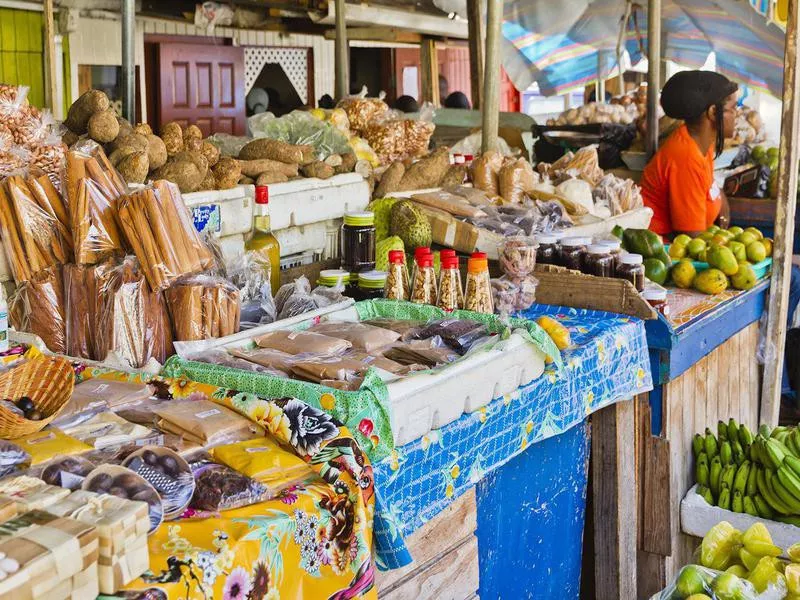
Getty Images
Comprised of three isles — Grenada, Carriacou and Petite Martinique — Grenada’s main activities all revolve around the sea, whether it’s diving the Underwater Sculpture Park or splashing around Grooms Beach or Levera Beach.
Hotels are charming, boutique-style and homey rather than big-box luxe, and a carefree attitude is as prevalent as the smell of spice. (With the omnipresent hint of nutmeg permeating its air, the island of Grenada is even nicknamed the Spice Island.)
Getting to Grenada
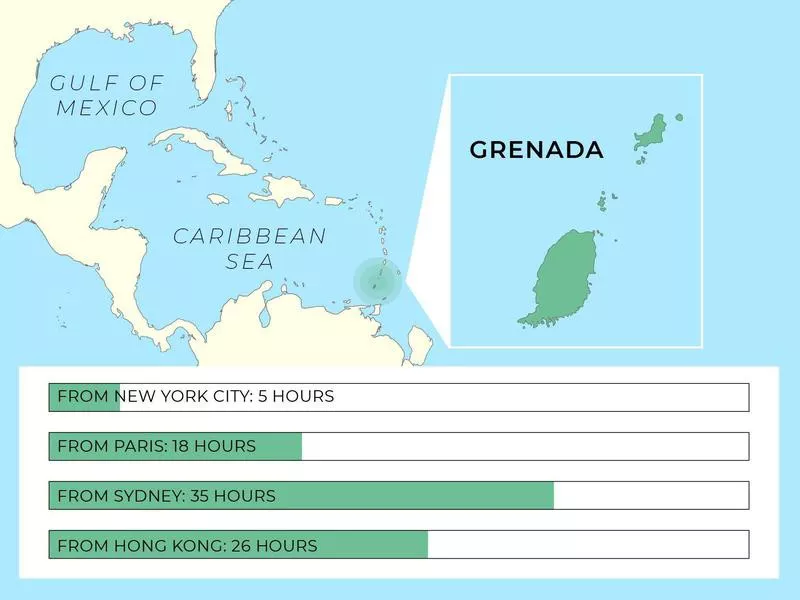
18. Moldova
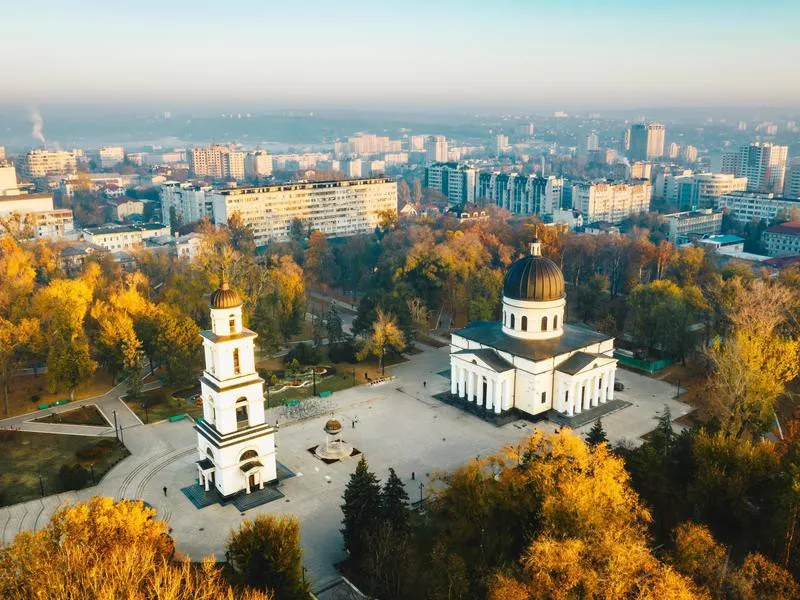
Calin Stan / Getty Images
174,000 annual visitors
This tiny European country was a secret, known and beloved by few, for a very long time. But in the last year, it’s seen a nearly 20 percent rise in tourism.
What to Expect in Moldova
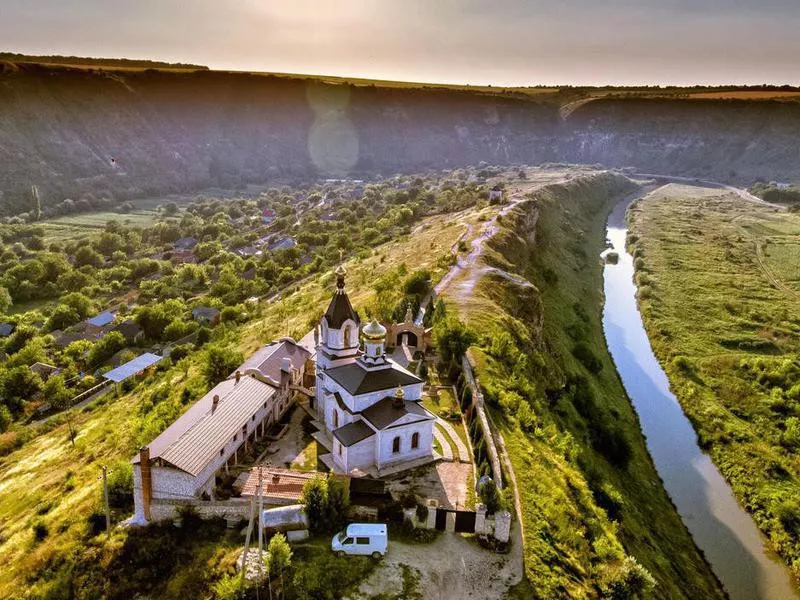
Getty Images
Tucked between Romania and Ukraine, the country is heralded for its pastoral views and surprisingly robust wine culture. Your trip will begin in the capital, Chisinau, which dates back to the 15th century. From there, most visitors pass on to Cricova, just 10 miles north of Chisinau and known for its sprawling underground wine cellars (75 miles of them, to be exact).
On the banks of the Raut River, discover Orheiul Vechi, an archaeological complex that dates back more than 2,000 years, where the Cave Monastery contains cliffside religious chambers and monastic cells.
Getting to Moldova
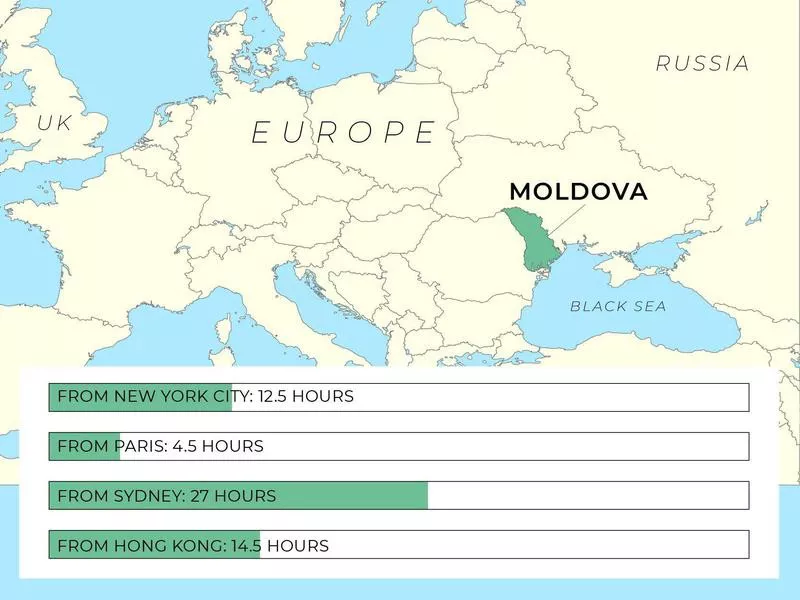
16. Cook Islands (Tie)
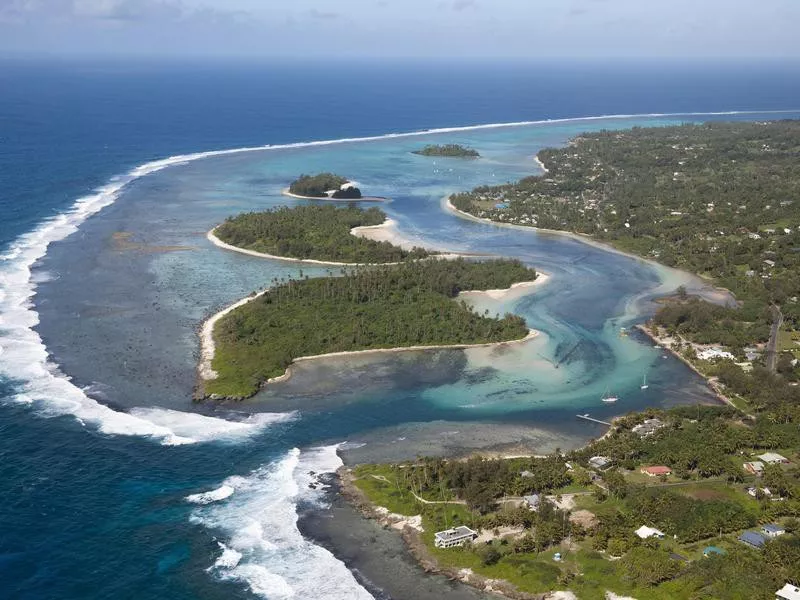
HowardPerry / Getty Images
172,000 annual visitors
You can’t get much more off-the-beaten-path than the Cook Islands — these 15 isles are scattered across 700,000 square miles of Pacific Ocean. Still, that isn’t stopping people from trying: The country’s tourism numbers increased by 8,000 visitors in a year.
What to Expect in the Cook Islands
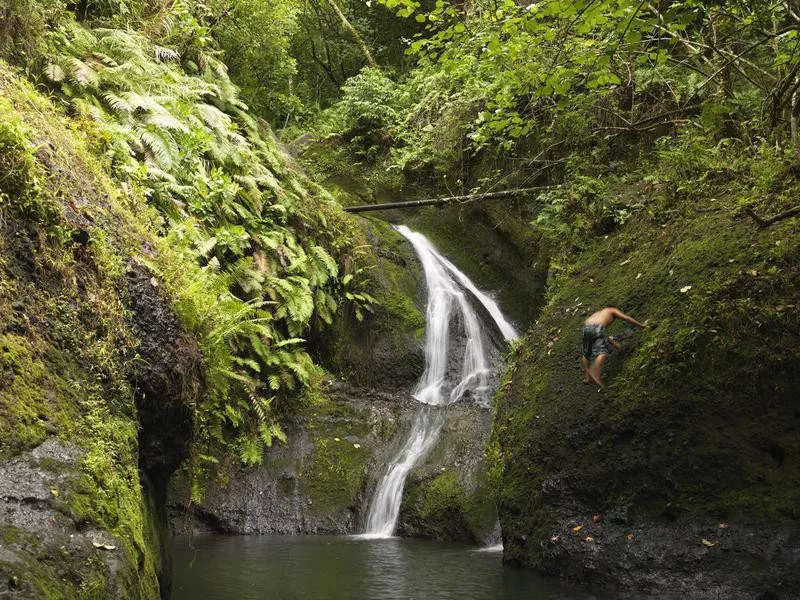
Getty Images
Those who make the trek discover a burgeoning organic-food scene, a robust cafe culture, and plenty of bars and clubs for vacation revelry, especially in Rarotonga. While you’ll find modern culture and creature comforts, though, the islands also feel appealingly remote (because, well, they are).
Known for snorkeling and diving, the islands additionally offer some of the world’s most dazzling underwater sights, from vibrant coral and fish to rays and perhaps even a whale or two.
Getting to the Cook Islands
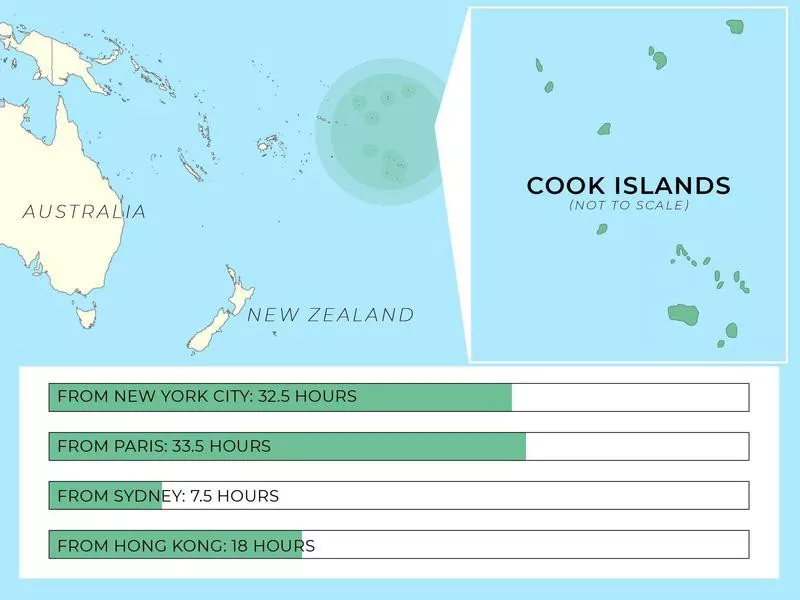
16. Samoa (Tie)
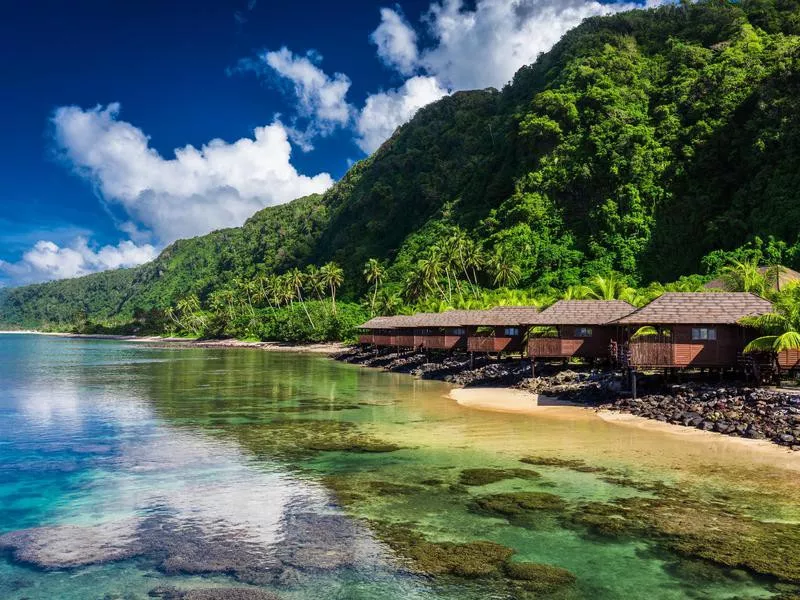
mvaligursky / Getty Images
172,000 Annual Visitors
This chain of volcanic islands blanketed in jade, surrounded by sparkling sea and peppered with waterfalls epitomizes Polynesian beauty at an epic scale. It is one of the larger island nations in the South Pacific, with either of its two largest islands big enough to fit all of the Cook Islands.
What to Expect in Samoa
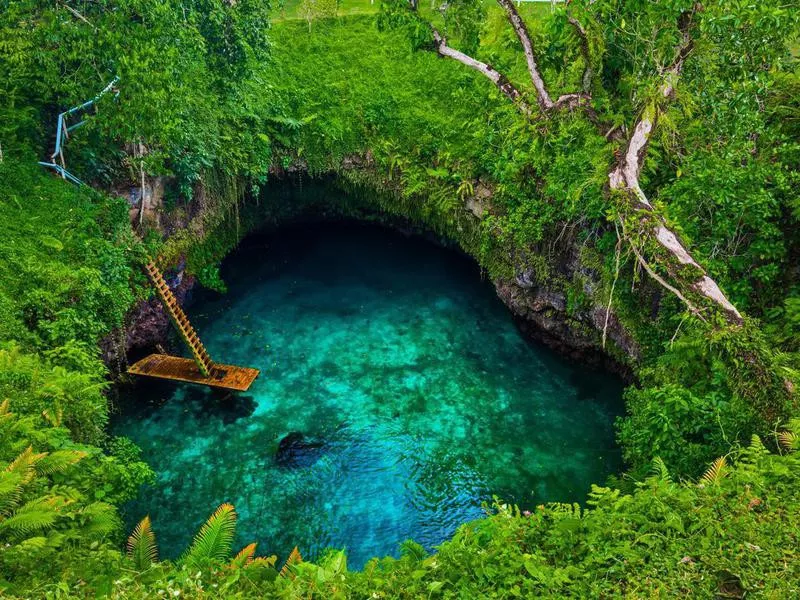
Getty Images
Samoa’s isolation is one of its biggest attractions, offering those who make the difficult journey a world of adventure, including diving among biodiverse reefs, hiking and mountain-biking through ancient volcanoes, and exploring lava tubes.
But the country’s real selling point is its culture. Nearly 100 percent of the locals here are ethnic Samoans, ensuring customs have changed little over thousands of years and are fiercely protected. This is best embodied in Fa’a Samoa (Samoan Way), a cultural code dedicated to fostering happiness, promoting environmental conservation and encouraging close-knit family ties.
Getting to Samoa
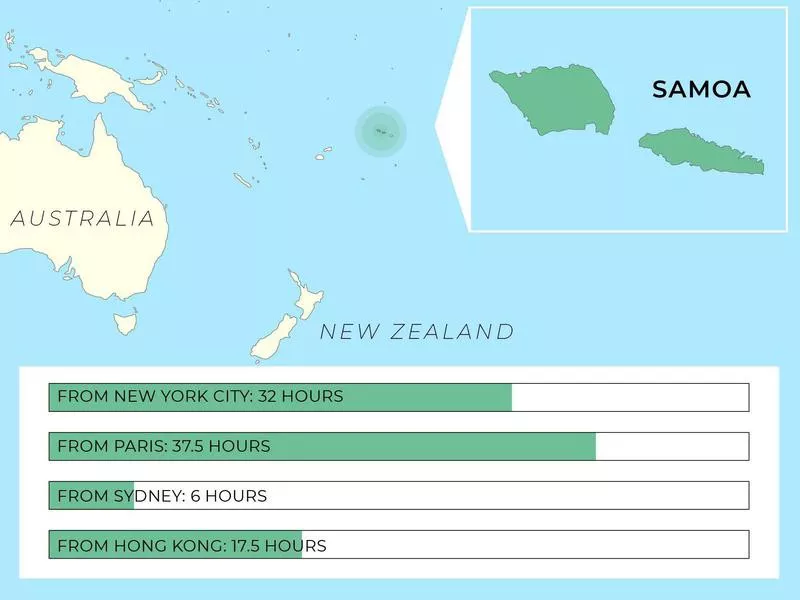
15. Burkina Faso
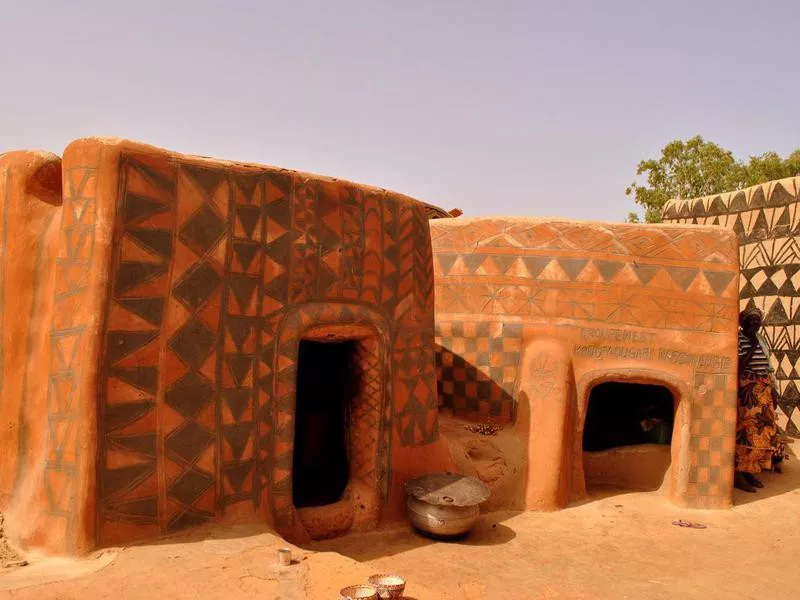
Getty Images
143,000 annual visitors
Like the other African nations on this list, Burkina Faso is hauntingly beautiful, but has a geographic location, next to Mali and Niger, that’s made it a treacherous place for travel because of tensions between ethnic groups. (Like Mali, it was designated with a Level 4 advisory in 2019, with tourists asked not to visit.)
What to Expect in Burkina Faso
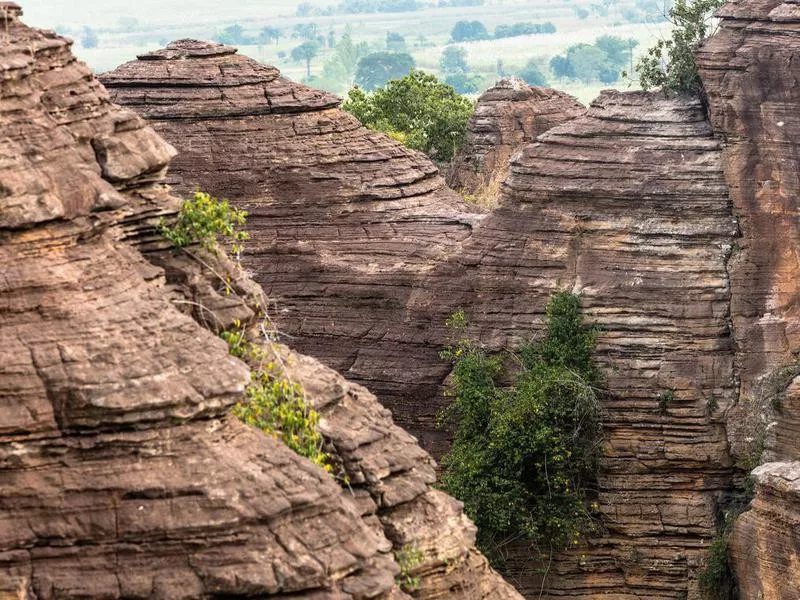
Getty Images
If conditions do improve for Burkina Faso and the region, travelers will be handsomely rewarded with natural wonder in the form of the Sindou Peaks, a chain of narrow, craggy cones that have been sculpted by thousands of years of natural elements.
14. St. Kitts and Nevis
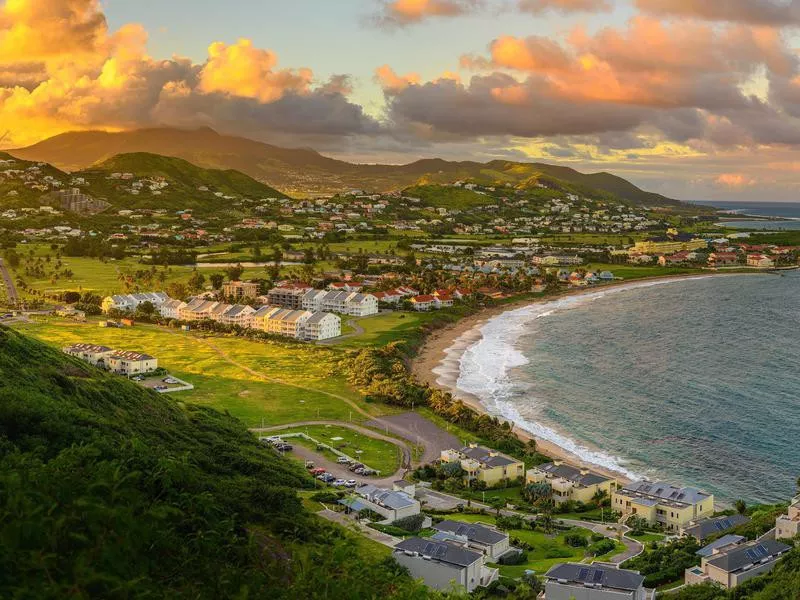
mbrand85 / Getty Images
131,000 annual visitors
Comprised of two separate islands, this Caribbean nation is known for its expansive beaches, staggering mountains and seemingly endless roster of sun-kissed activities, from dune-buggy jaunts on the beach to tree-canopy ziplining. The laid-back vibe is all about “limin,” which is local slang for hanging out, drinking and talking.
What to Expect in St. Kitts and Nevis

Getty Images
The two islands, while similarly beautiful and culturally dynamic, do have key differences.
St. Kitts bustles and hums with bars and nightlife, from Port Zante in vibrant Basseterre to the frenetic energy of Frigate Bay. Nevis provides a more languid environment, welcoming visitors to explore its quiet beaches, veined in walking paths, and to get pampered at small luxury hotels.
Getting to St. Kitts and Nevis
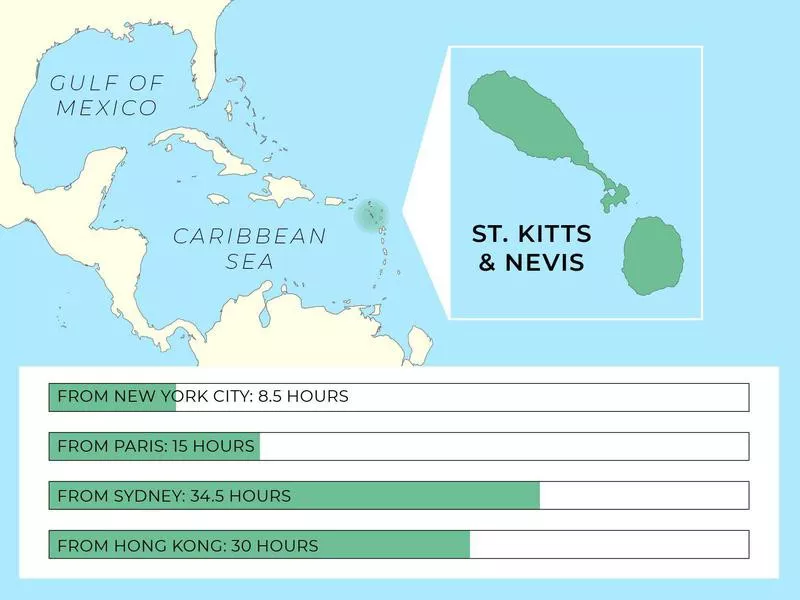
13. New Caledonia
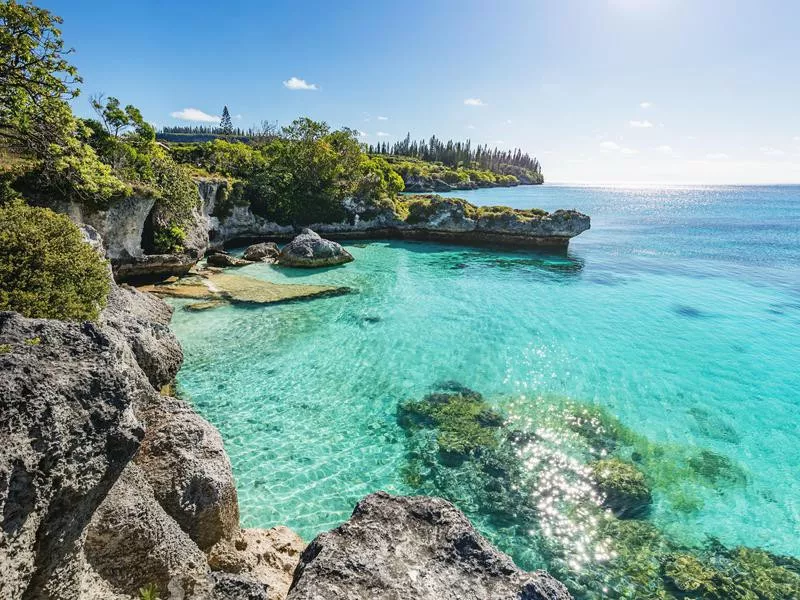
Mlenny / Getty Images
130,000 Annual Visitors
This French territory comprised of a string of islands in the South Pacific isn’t the easiest to get to, but that’s part of its charm. Those who do make it here tend to head to the country’s iconic lagoon, a UNESCO World Heritage site.
What to Expect in New Caledonia
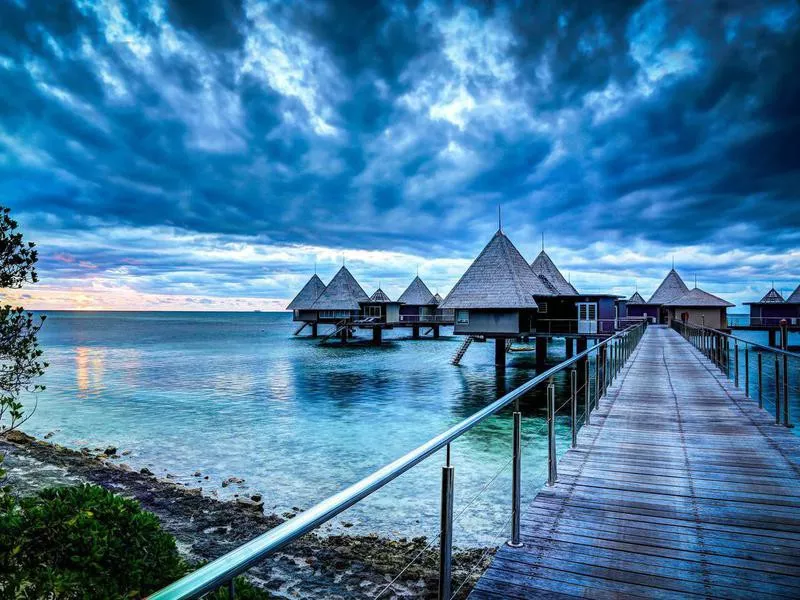
Getty Images
New Caledonia’s culture is a mix of French and Melanesian and is known for its strong sense of hospitality. Visitors can explore the protected Blue River Park, a reserve for many bird species, or rub shoulders with locals at Le Marche, a colorful market near the marina at Port Moselle.
And, of course, enjoying R&R amid powdery sand wreathed in swaying palm trees is a must.
Getting to New Caledonia
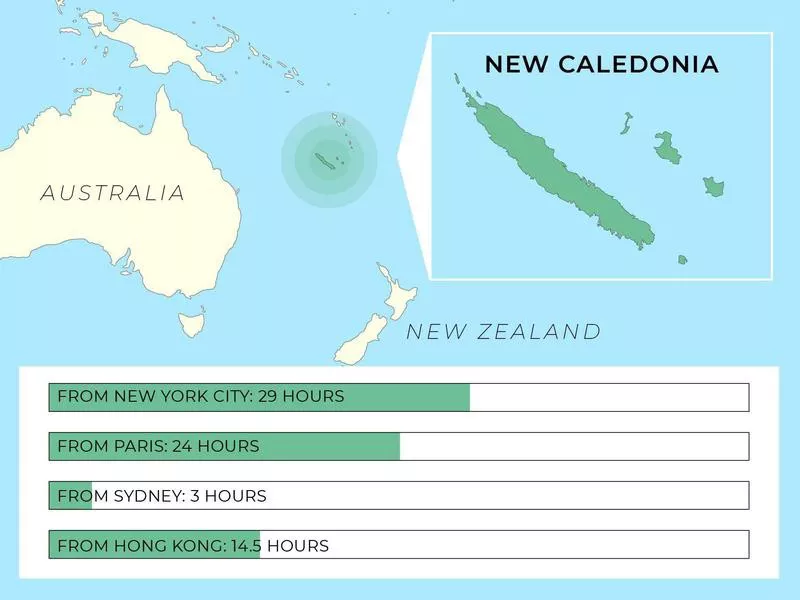
12. Vanuatu
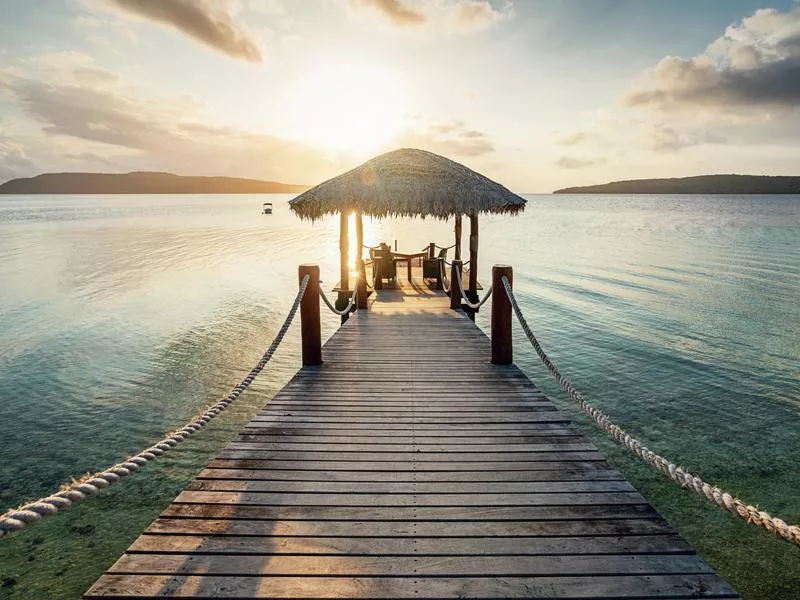
Mlenny / Getty Images
121,000 annual visitors
This small cluster of islands in the South Pacific, between the Solomon Islands, New Caledonia and Fiji, is certainly one of the more remote destinations on the planet. But in one year, arrival numbers jumped by 7,000 visitors, meaning people are finally taking notice of all it has to offer.
What to Expect in Vanuatu
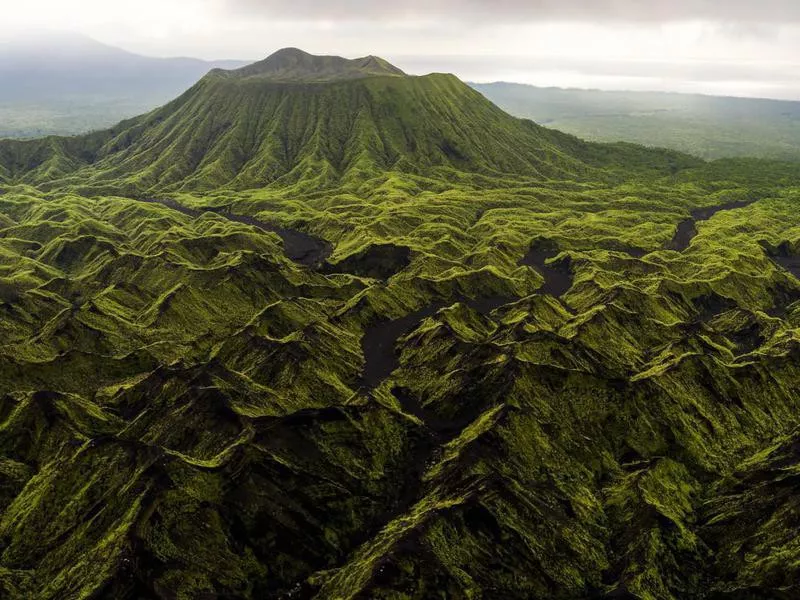
Getty Images
The island nation is made up of roughly 80 islands featuring deserted beaches, world-class diving, rugged coastline and epic waterfalls. Those who do visit — typically from Australia as there are direct flights from Brisbane, Sydney and Melbourne — enjoy hiking the active volcano, Mt. Yasur, and then “ashboarding” back down.
Make sure to sip the mystical beverage, kava, with a local village chief, and to dive beneath the surface of the gentle waves to discover the treasures that teem below.
Getting to Vanuatu
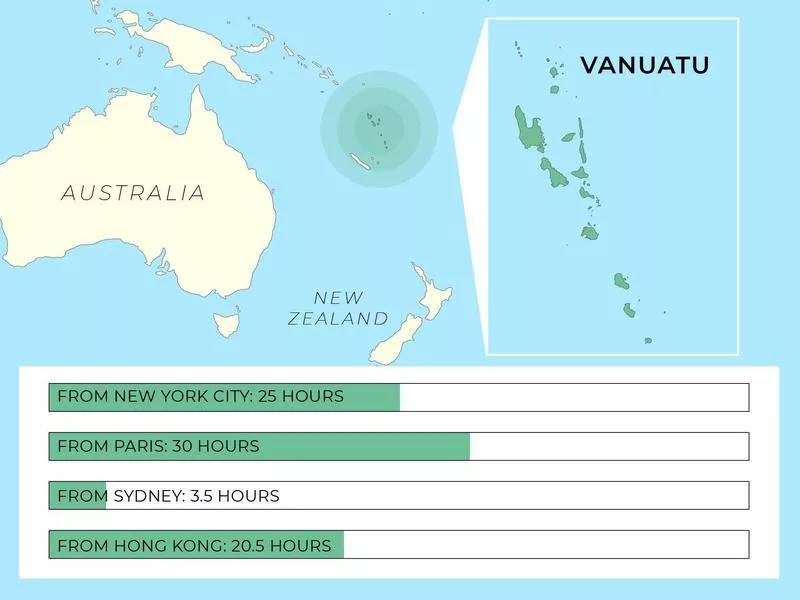
11. San Marino
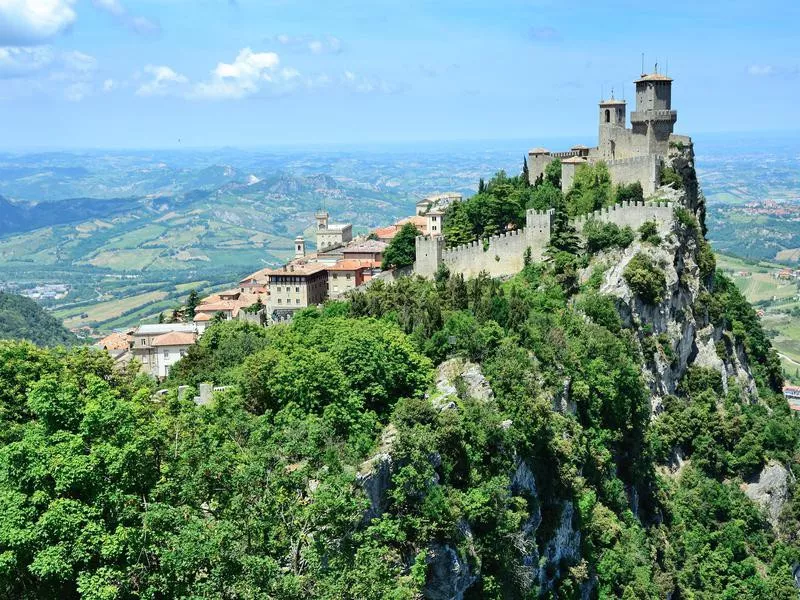
alxpin / Getty Images
111,000 annual visitors
San Marino is another under-visited destination situated in prime tourist territory. Residing within north-central Italy, this country within a country has more tourists than residents (84,000 vs. 33,500), but is nonetheless often overlooked.
It’s the last remaining remnant of Italy’s former city-state network and one of the oldest republics in the world.
What to Expect in San Marino
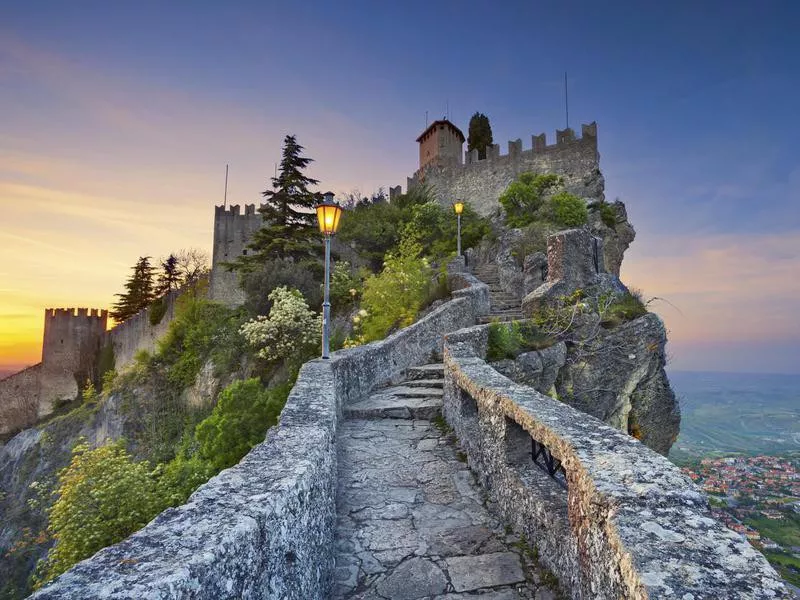
Getty Images
Today, visitors are drawn to its cliffside castles and UNESCO-listed capital, Citta di San Marino, where the historic center dates back 1,000 years.
In the last two years, visitor numbers have increased by 24,000 people, so the time to go is very much now, as San Marino looks poised to become the next “must-see” place in Europe.
Getting to San Marino

*There are no public airports in San Marino. Most tourists who arrive by air land at Federico Fellini International Airport close to the city of Rimini, Italy, then take a 30-minute bus ride to San Marino. This is the airport we’ve used to assess flight times, and accounts for the long flight time from Paris (getting there generally requires a couple layovers).
People coming from Paris can also fly into other Italian airports and rent a car, or just drive the whole way there in less time (about 12.5 hours)!
10. Liechtenstein

RossHelen / Getty Images
98,000 annual visitors
It’s not a remote nation — not by a long shot. In fact, Liechtenstein is smack dab in the center of it all, sandwiched between the uber-popular countries of Austria and Switzerland.
So why don’t more people visit? Well, mainly because it’s really, really small. The country is just 15 miles long with a population of 37,000 people, and so is easily overlooked among Europe’s many enticing options for vacationing.
Liechtenstein is Europe’s least visited country. Compare its less than 100,000 yearly visitors to the 89.4 million travelers the most visited country in the world (also in Europe) receives.
What to Expect in Liechtenstein
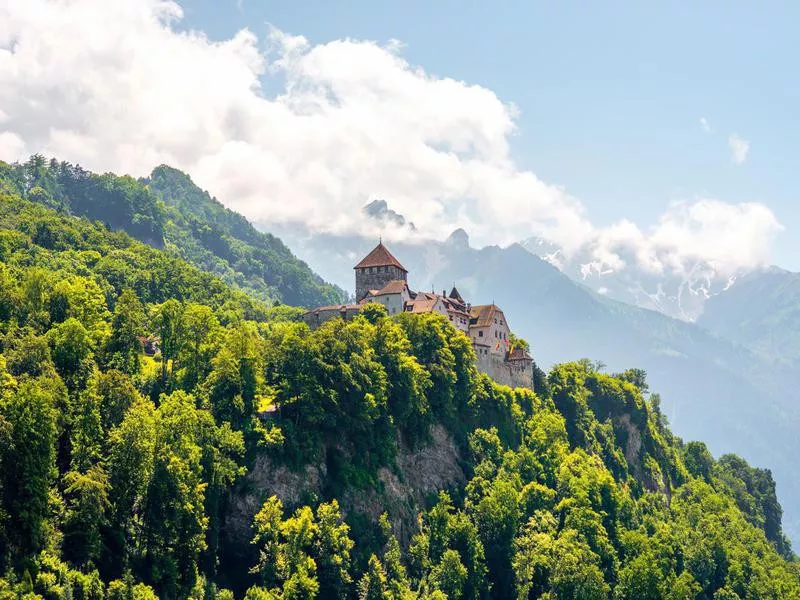
Getty Images
What travelers are missing out on is a country boasting mountains to rival its European neighbors, the zig-zagging Rhine river, fantastic food and wine, castles and history — all without the hordes of other tourists.
Rife with mountainside castles, veined with skiing and hiking trails, and ruled by a very-much active monarchy, Liechtenstein is straight out of a storybook.
Getting to Liechtenstein
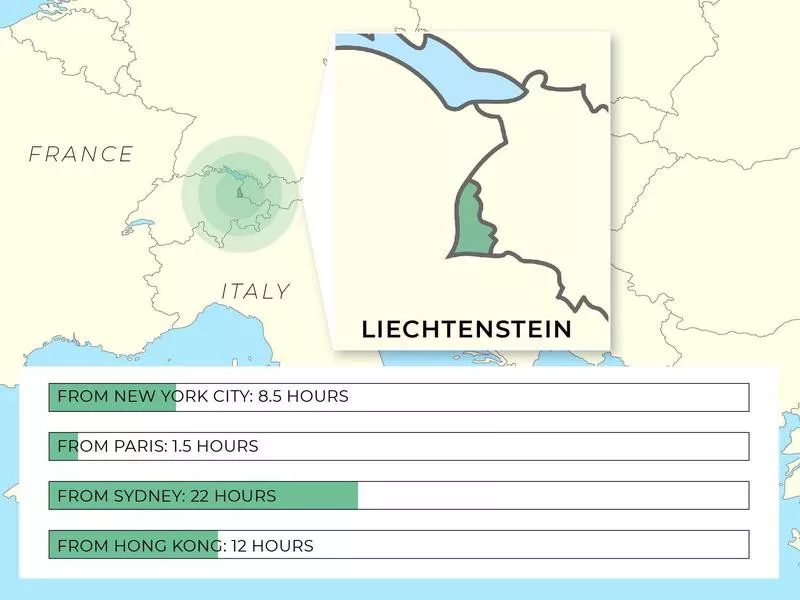
*Liechtenstein has no airport. The nearest large airport is Zurich Airport in Switzerland, 130 kilometers (80 miles) away by road, which we’ve used to determine flight times.
9. Anguilla
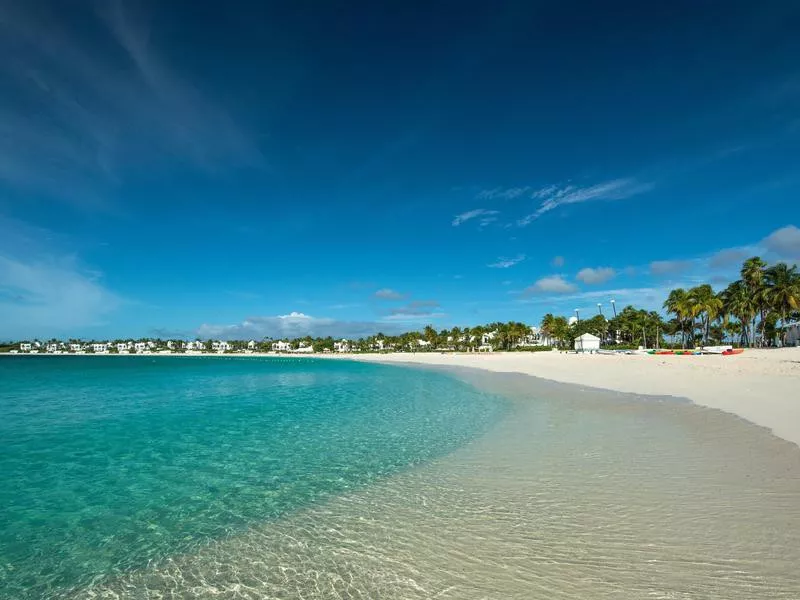
daniloforcellini / Getty Images
95,000 annual visitors
Anguilla, a British overseas territory, is certainly a jewel of a Caribbean island, with bleached beaches, brightly colored buildings, open-air bars, the lilt of reggae in the air, strong rum drinks and fantastic barbecue. But unfortunately, it has also suffered in recent years.
As one of the hardest-hit Caribbean islands by hurricanes Irma and Maria, Anguilla has had to traverse a rough road to recovery; the hurricanes impacted nearly 90 percent of the country’s government buildings. Thankfully, thanks to herculean efforts by locals, Anguilla is definitely back in business, with the majority of its infrastructure and tourism services now up and running.
What to Expect in Anguilla
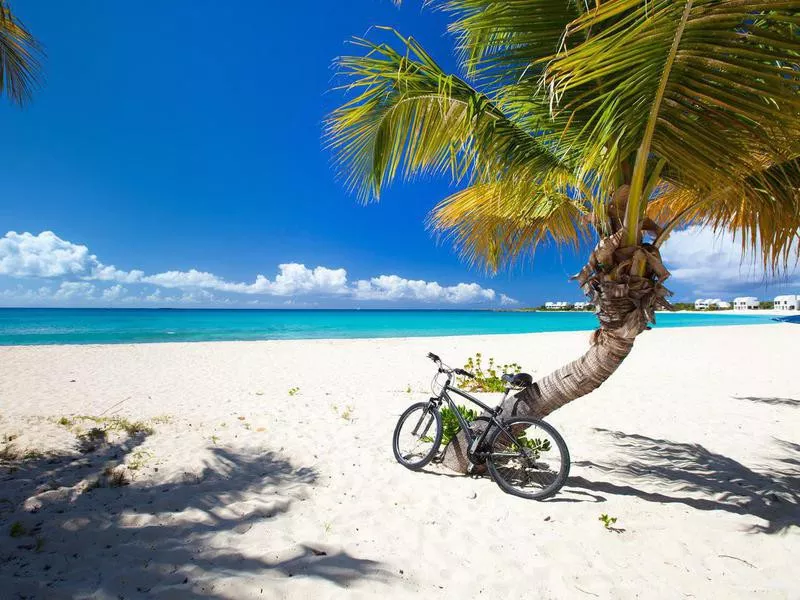
Getty Images
If you’re coming to Anguilla, you are probably a big fan of the beach, and you will get what you came for with the country’s white, sandy shores, coconut palms, multi-hued reefs and dozens of islands to explore off the mainland.
History-buffs can learn about the country’s indigenous, Arawakan-speaking people, who originally migrated from South America, while nature enthusiasts can snap photos of rock art and explore Fountain Cavern National Park, named for its show-stopping limestone cavern.
Getting to Anguilla
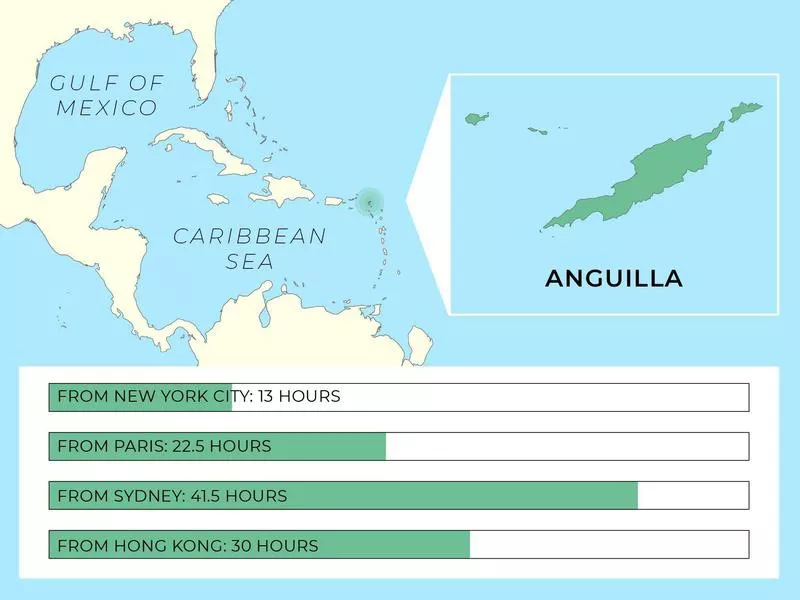
8. Palau
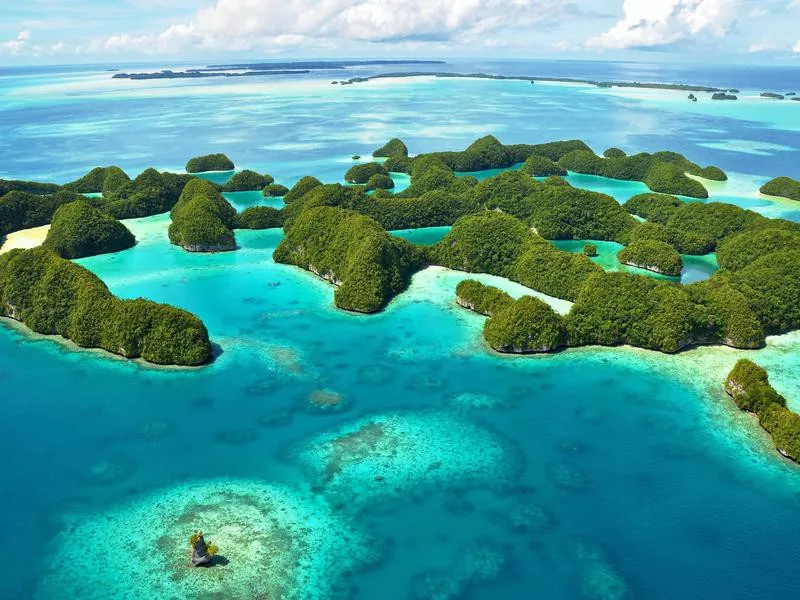
howamo / Getty Images
94,000 annual visitors
Believe it or not, Palau is one of the world’s newest countries. Officially declared its own nation in 1994, Palau was once part of the UN Trust Territory of the Pacific Islands.
What to Expect in Palau
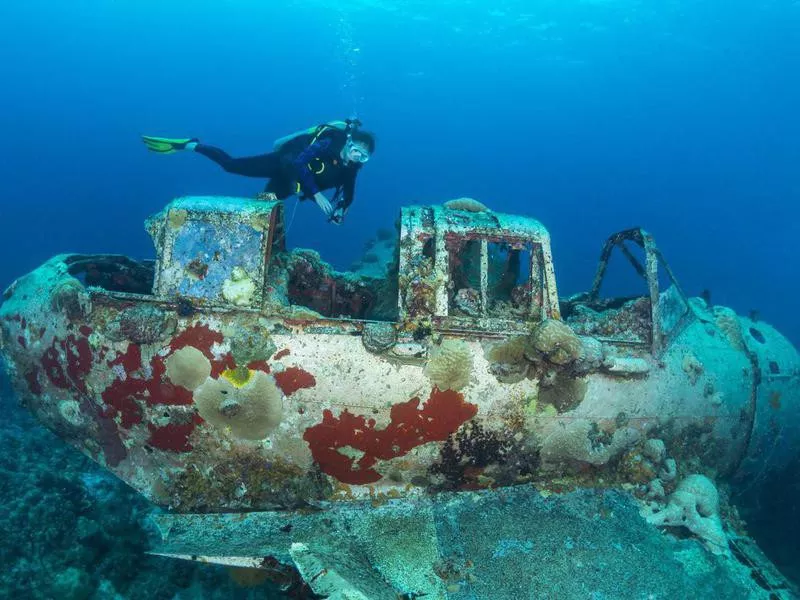
Getty Images
Today, it is dominated by Filipino culture and is best known for its towering limestone cliffs and volcanic islands carpeted in forest and surrounded by electric-blue water.
If you’re coming to Palau, you’re likely coming to dive. The islands are surrounded by reefs and wrecks, and the water is teeming with diverse marine life, including an incredible 2,000 species of fish. In fact, the waters surrounding Palau have been named “the underwater Serengeti.”
Getting to Palau
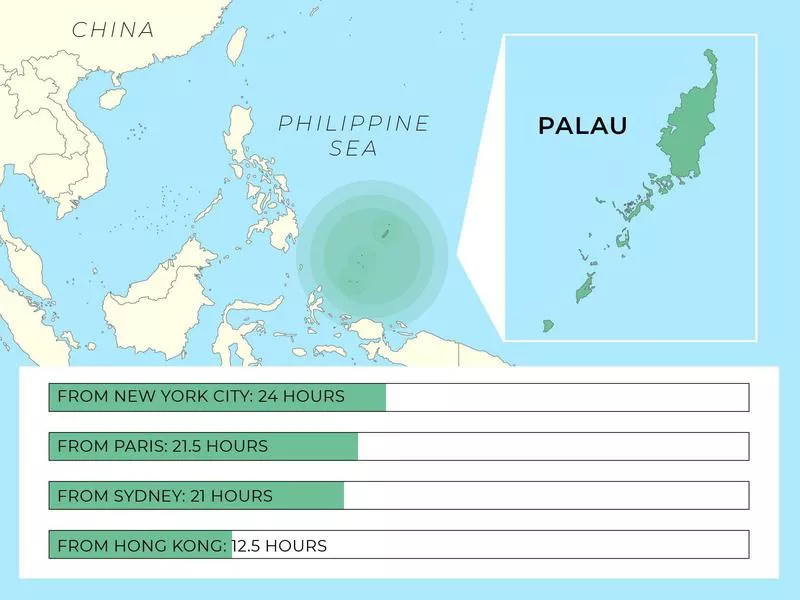
7. St. Vincent and the Grenadines
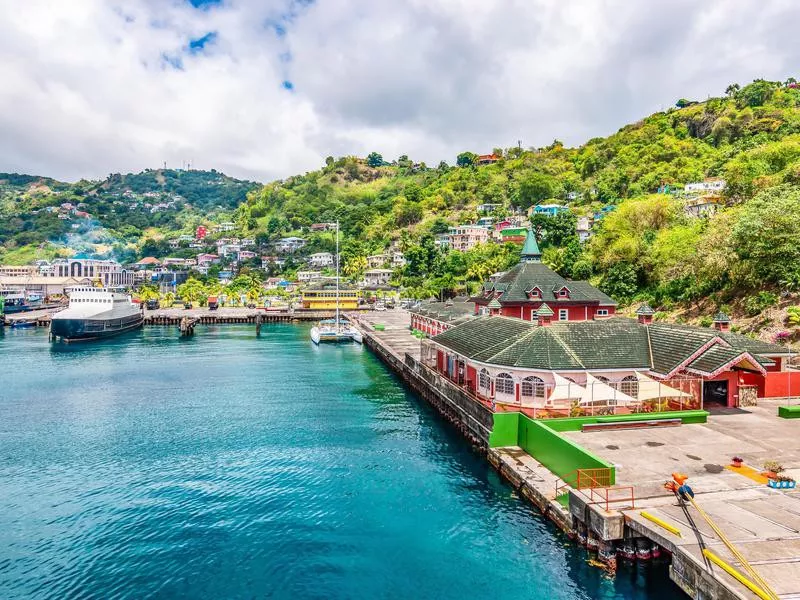
NAPA74 / Getty Images
85,000 annual visitors
Saint Vincent and the Grenadines is a string of island pearls dotting the southern Caribbean Sea. Picture white-sand beaches, deserted Robinson Crusoe-esque islands and water swathed in every shade of blue.
The best part? These Caribbean islands have been untouched by mass tourism.
What to Expect in St. Vincent and the Grenadines
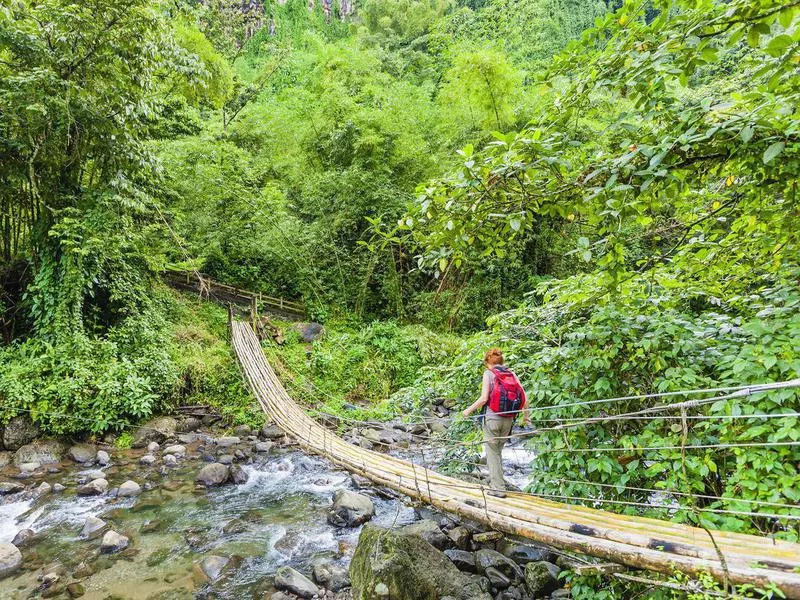
Getty Images
While other Caribbean islands of equal beauty have become the playgrounds of the rich and famous, visitors to Saint Vincent and the Grenadines don’t need to break the bank to enjoy their stay.
Cheap inter-island ferries make traveling around affordable and easy, and there are plenty of free outdoor activities to enjoy, from hiking volcanoes to plunging into refreshing waterfalls to (best of all) lounging on the beach with a good book and sweet cocktail.
Getting to St. Vincent and the Grenadines
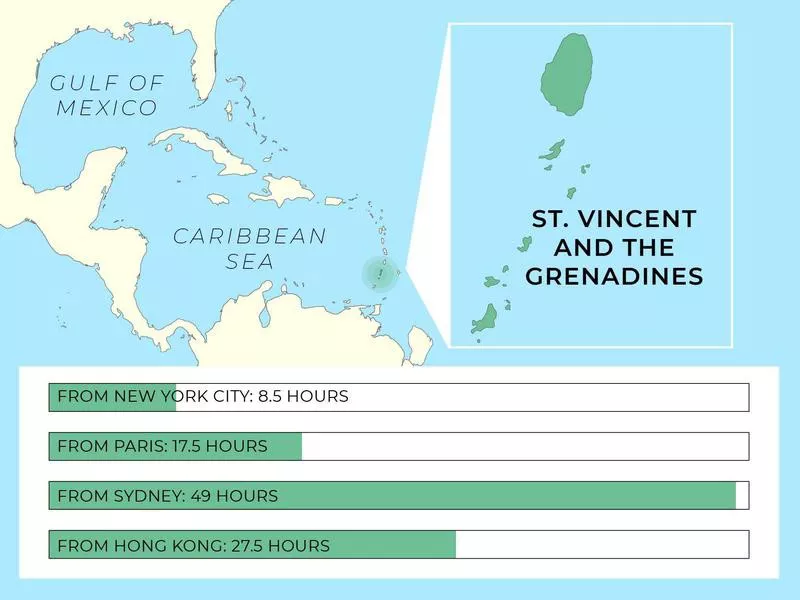
6. Timor-Leste
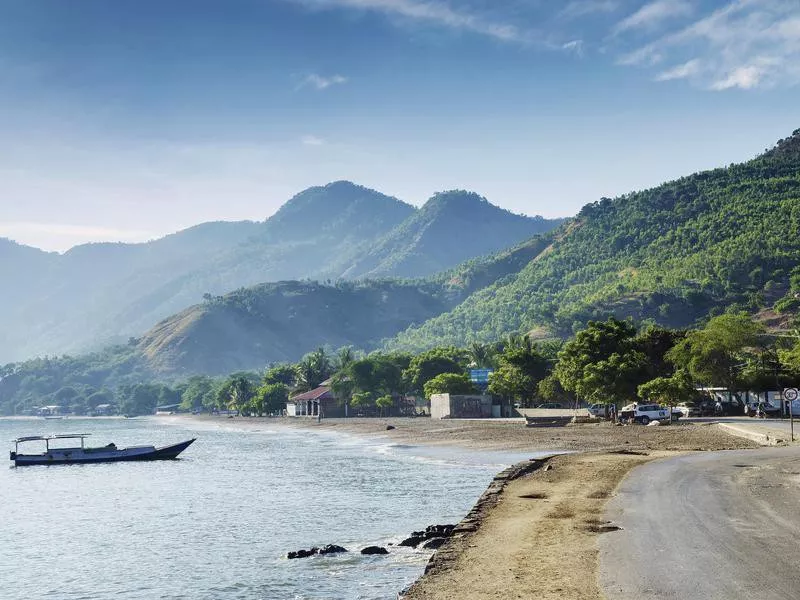
jackmalipan / Getty Images
81,000 Annual Visitors
Timor-Leste is one of the world’s newest nations, having won independence from Indonesia in 2002. It is known for offering some of the world’s best diving sites and untouched shores, and for being steeped in ancient traditions and a melange of cultural influences, from Indonesian to Portuguese.
What to Expect in Timor-Leste
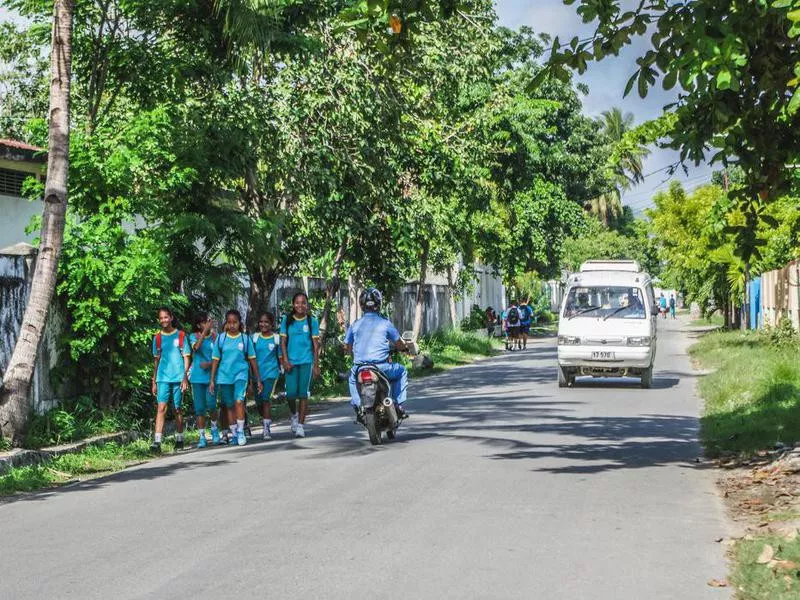
Getty Images
Learn about the country’s volatile past in the museum in the capital city, Dili, before embarking off into the jungles, mountain villages and striking beachscapes. Traverse mountain baths to discover jungle caves, learn from locals in remote villages, and sip indigenous coffee from Portuguese-style townhomes.
And definitely don’t leave before witnessing the country’s hardly touched reefs lining the north coast, teeming with colorful fish and world-renowned biodiversity.
Getting to Timor-Leste
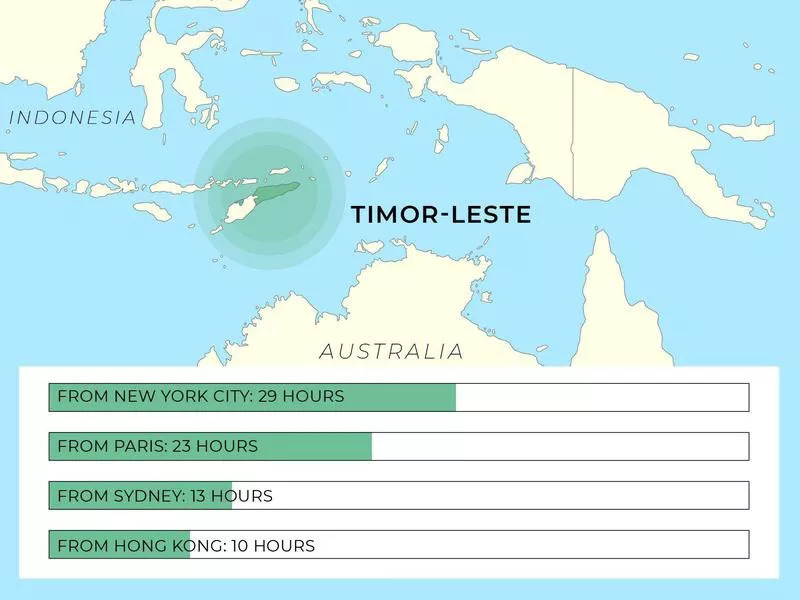
5. Dominica
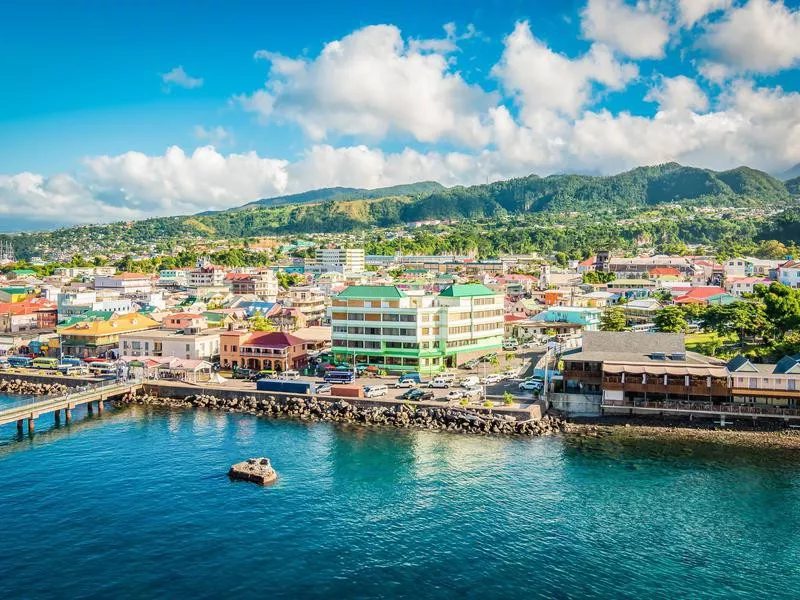
NAPA74 / Getty Images
63,000 annual visitors
Sadly, Dominica was one of the countries worst-hit by Hurricane Maria back at the end of 2017, so tourism numbers last year plummeted by 12 percent.
Due to the hurricane, locals lost the majority of their homes, and local infrastructure was devastated. But since then, many of the island’s facilities have been reconstructed thanks to dedicated relief efforts. Today, the majority of its hotels are open, its airport is fully functional, and its roads are serviceable again.
What to Expect in Dominica
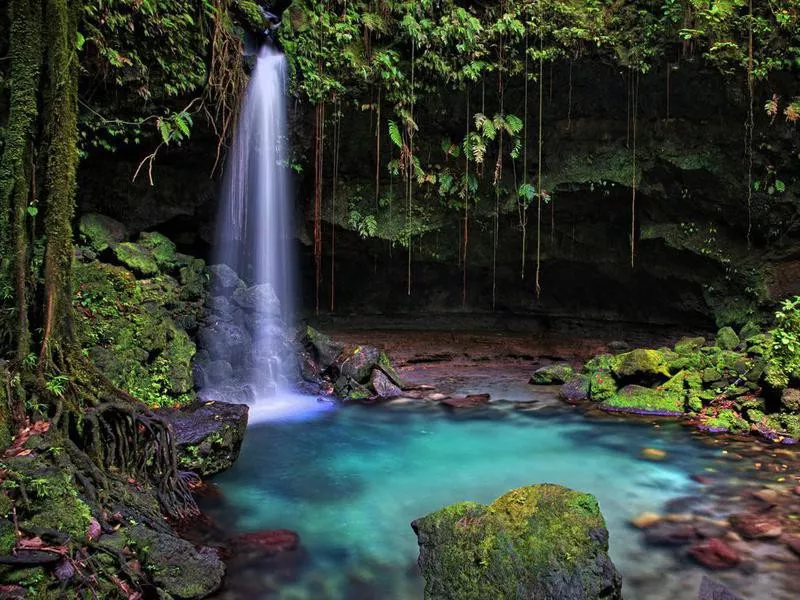
Getty Images
The country, one of the most untouched in the region, defies all Caribbean stereotypes. Forget mass tourism, all-inclusive hotels and crowded cruise ports. Dominica is an eco-luxe paradise, home to coral reefs, a volcano ringed in rainforest and one of the Caribbean’s longest hiking routes. All this makes it one of the top 10 Caribbean islands.
This is one of the more expensive islands to get to, as flights are limited, but get there while you can before word catches on.
Getting to Dominica
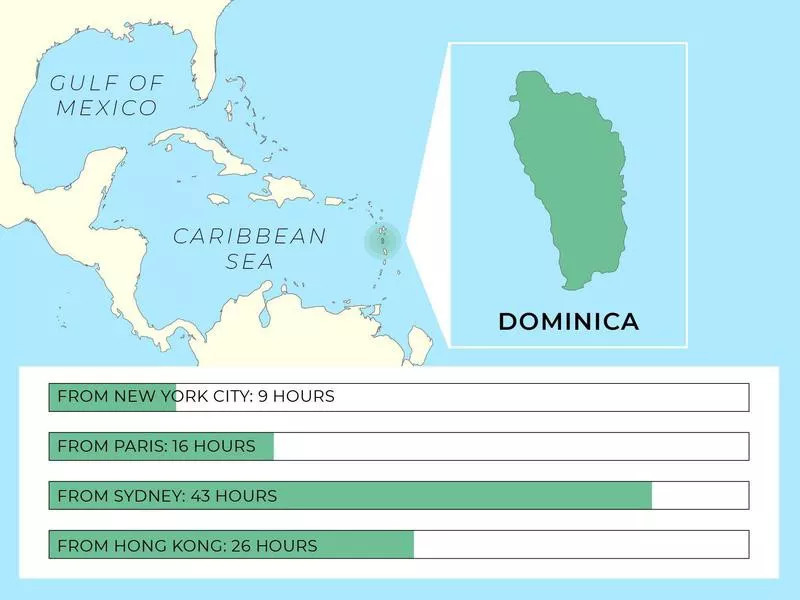
4. Sierra Leone
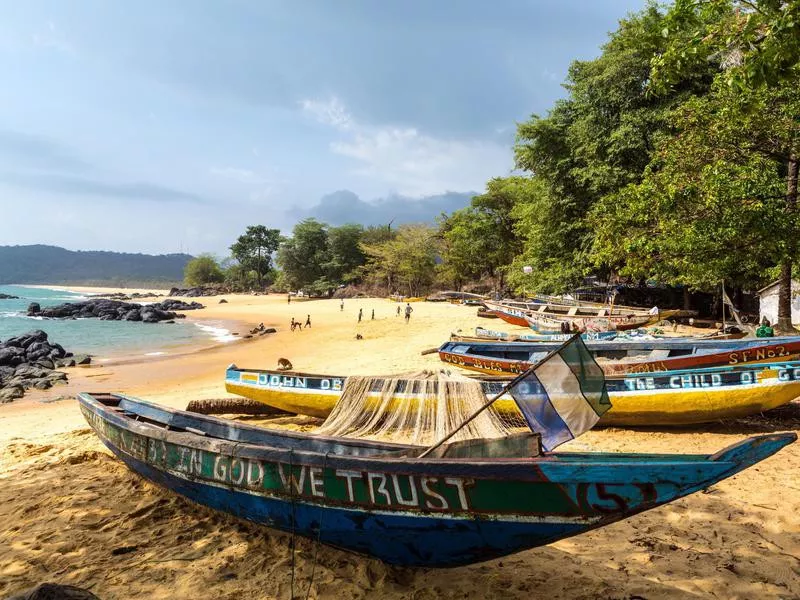
tropicalpixsingapore / Getty Images
57,000 annual visitors
You don’t hear of many travelers going to Africa for the beach. But … why not? There are nearly 19,000 miles of coastline along the continent.
Granted, many of the nations along Africa’s coast aren’t, at this time, considered safe for travel, but plenty are. Sierra Leone, for example, was listed as a Level 2 country by the U.S. State Department in 2019, meaning visitors should exercise increased caution but are generally in the clear to visit. For comparison, France and Italy were also Level 2 at the time.
What to Expect in Sierra Leone
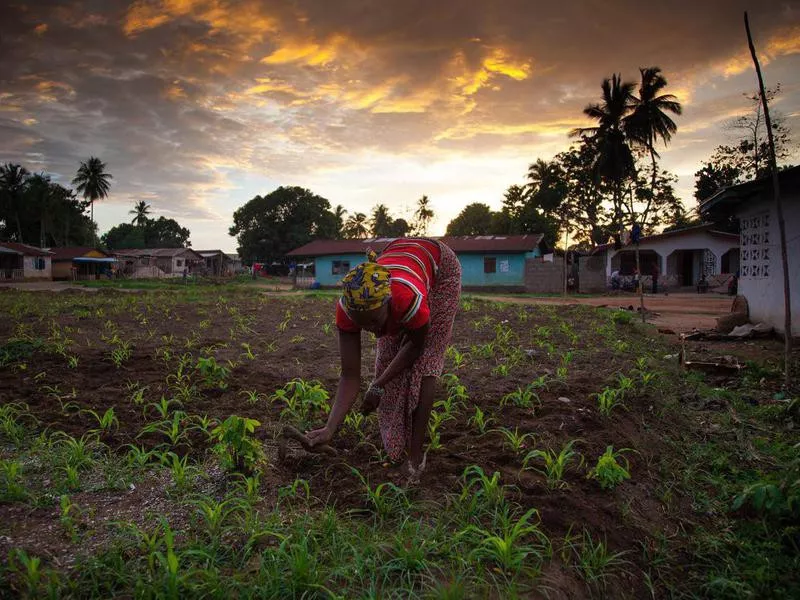
Getty Images
A study in color contrasts, Sierra Leone touts a sandy palette set against the lush green jungle, intercut with a network of dusty red roads. The Loma Mountains in the north are the highest point in the country, while the eastern edges tout national parks and rainforests populated with endangered species.
Ideally suited to travelers who prefer their vacation to be laid-back, rugged fun, the country promises island-hopping, camping, hammock-swinging and surfing.
Getting to Sierra Leone
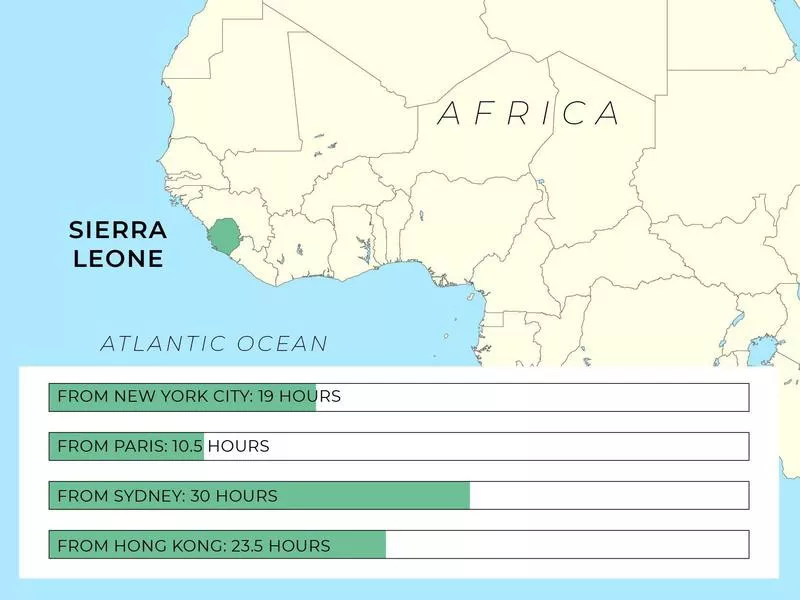
3. Comoros

mbrand85 / Getty Images
45,000 annual visitors
Comoros holds its own against any Caribbean or Southeast Asian island-nation. Off the coast of East Africa, near Mozambique and Madagascar, Comoros is known for its verdant jungles and white-sand beaches. So why is it so under-visited?
Well, its politics have been a bit precarious over the last 40 years. Since it gained independence from France in the 1970s, Comoros has undergone around 20 coups. Today, it is still one of the world’s poorest countries and lacks the infrastructure needed to support its rising population. Still, it’s perfectly safe to visit, and a small tourism industry does exist.
What to Expect in Comoros
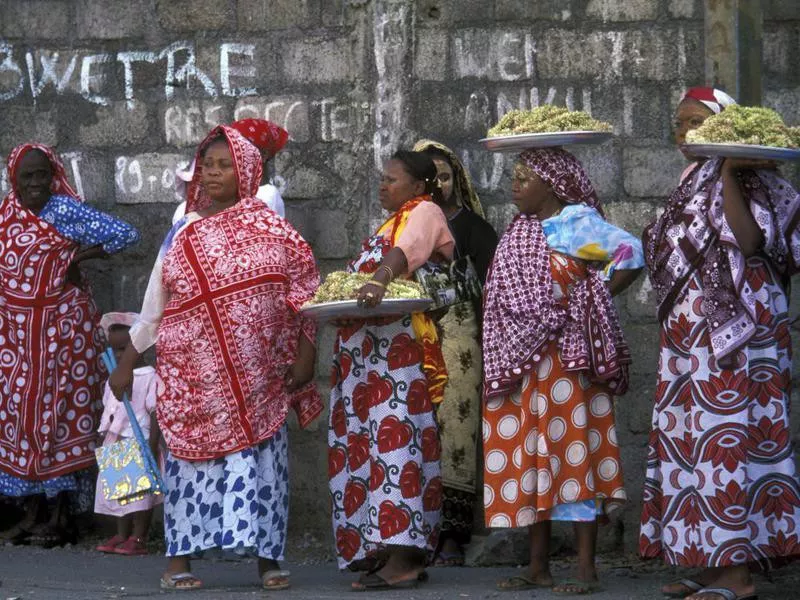
Getty Images
If you find yourself visiting the island, you will be rewarded with spectacular natural landscapes.
Visitors can hike to the Karthala volcano or explore Lac Sale, a saltwater lake tucked inside an old crater. If you love marine life, be sure to visit the coast of Hahaya for a chance to spot dolphins leaping between the waves.
Getting to Comoros
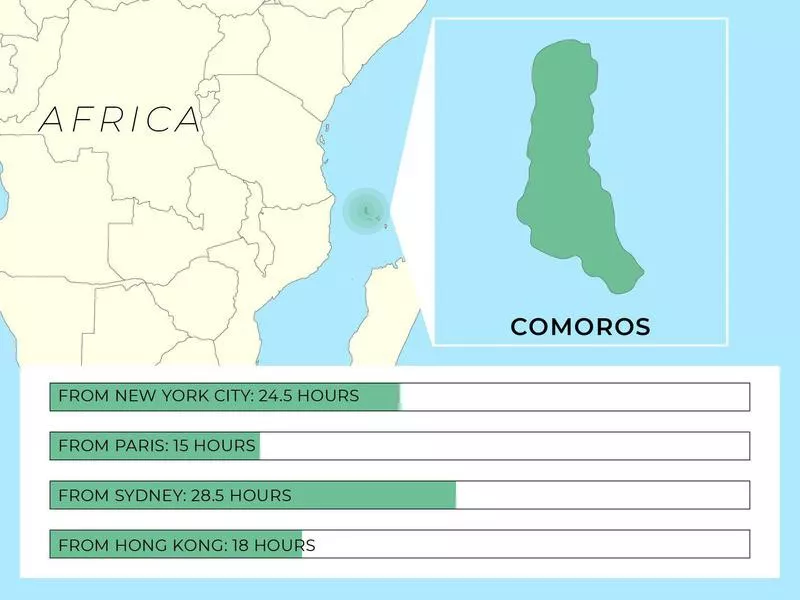
2. Solomon Islands

HenrikAMeyer / Getty Images
29,000 Annual Visitors
Between Papua New Guinea and Vanuatu (so yeah, way, way out there) is the archipelago of the Solomon Islands. The former British colony, made up of 992 islands, 147 of which are inhabited, is a far cry from its developed neighbors like Tahiti and Fiji, with unpaved roads and little to nothing in the way of traditional luxury.
What to Expect in Solomon Islands
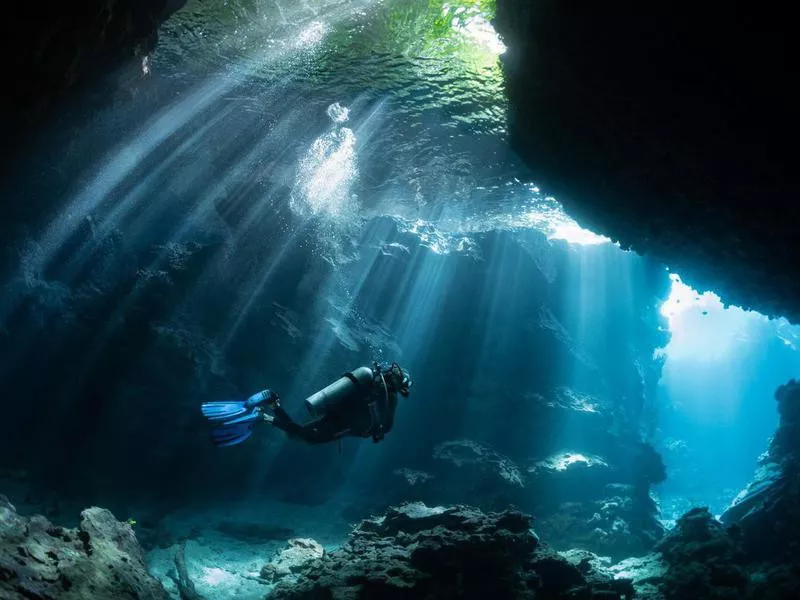
Getty Images
But those seeking a more off-the-beaten experience will find much to love, especially if interested in shipwreck diving, cultural exchanges and hiking through jungles rife with waterfalls. The country also offers an excellent crash course in wartime history: The islands played an integral role in World War II, and as such have one of the best collections of war memorabilia in the South Pacific, including Japanese bomber planes.
This isn’t the most convenient island chain to visit, but honestly, if you’re willing to make the trek to Fiji or Brisbane, it’s not that much farther to make it here. Both of those well-trodden destinations offer direct flights to the Solomon Island of Guadalcanal.
Getting to the Solomon Islands

1. Montserrat
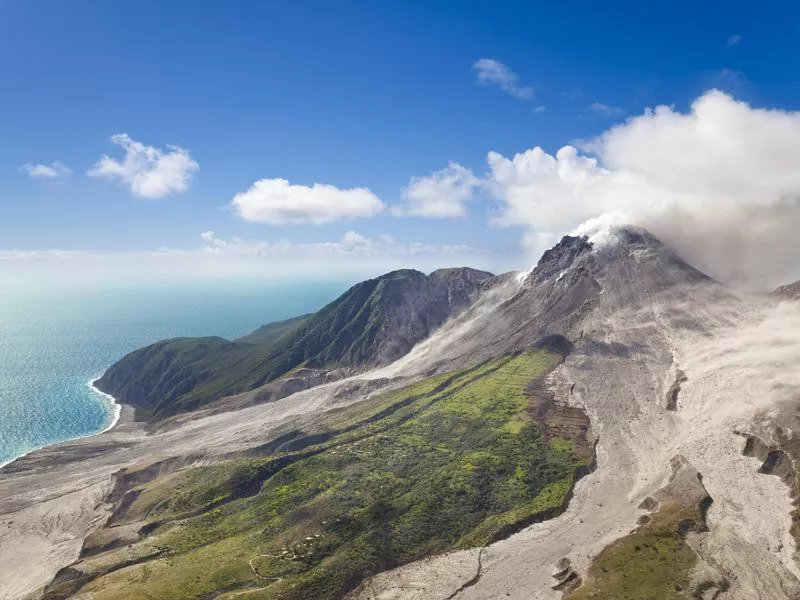
MichaelUtech / Getty Images
10,000 annual visitors
And, finally, we have Montserrat. There was a time when this Caribbean island, a British Overseas Territory, was considered the height of laid-back luxury, especially after the Beatles’ producer George Martin opened a recording studio there. But the mid-90s saw hundreds of volcanic eruptions that turned the lower half of Montserrat into an uninhabitable modern-day Pompeii.
The island is still feeling the effects of this natural disaster today. But slowly and surely, tourism is returning, with the majority of tourists coming from neighboring islands to enjoy hiking and wildlife.
What to Expect in Monserrat

Getty Images
Visitors who make it to the world’s least-visited country will find a slice of Old World Caribbean style, far removed from the tourist sprawl that marks other destinations in the region. Life moves to its own rhythm here, and the attractions are nothing like what you’ll find elsewhere. Explore Plymouth, a once-thriving town turned ghostly by the volcano, and a cave where thousands of fruit-eating bats fly.
Surrounded by nature and very few people, what you’ll find on Montserrat is respite — a very real escape, as the rest of the world buzzes by.
Getting to Montserrat
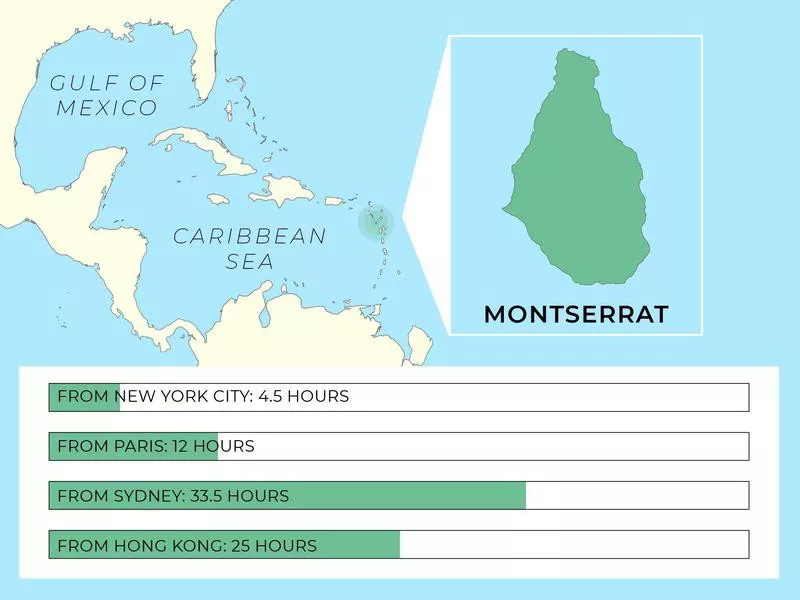
*To get to Montserrat, your best bet is to fly into Antigua, then take a 1.5-hour ferry ride. The flight times here are to the Antigua airport.